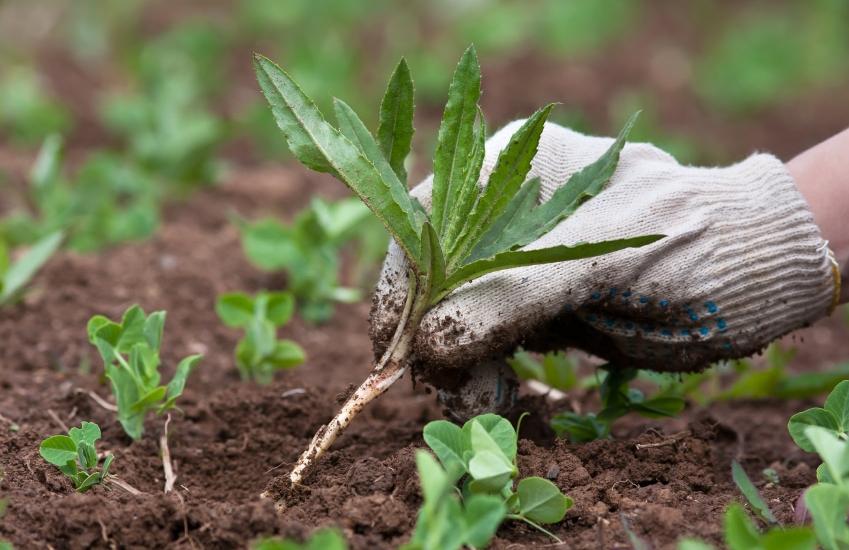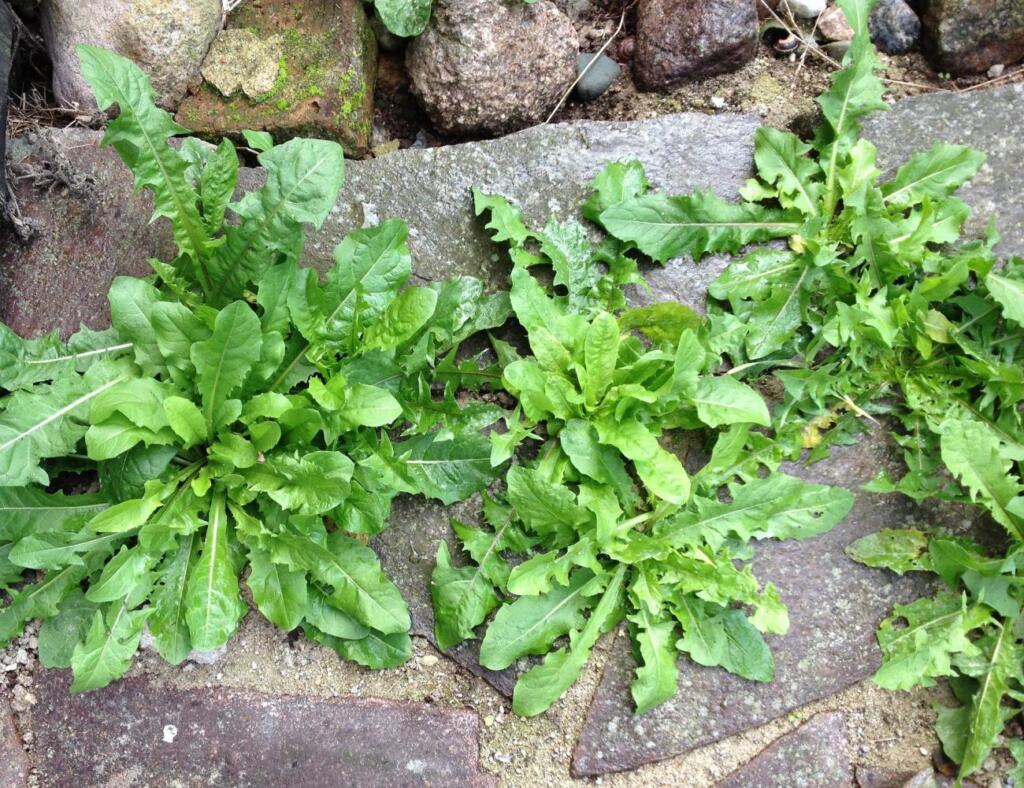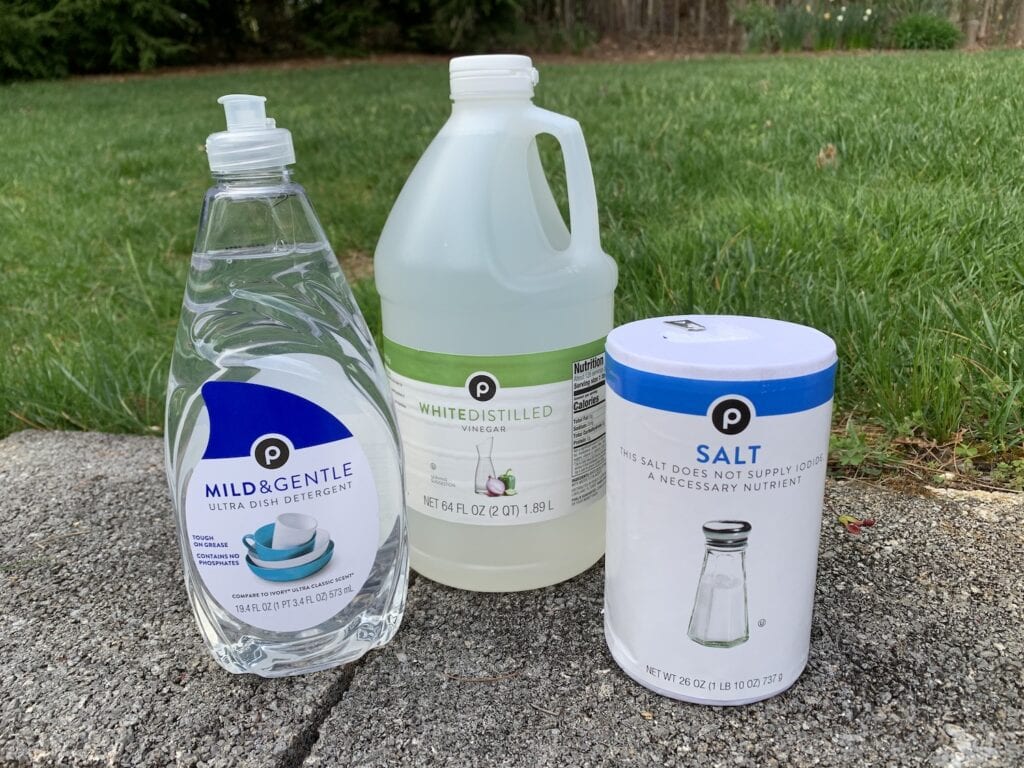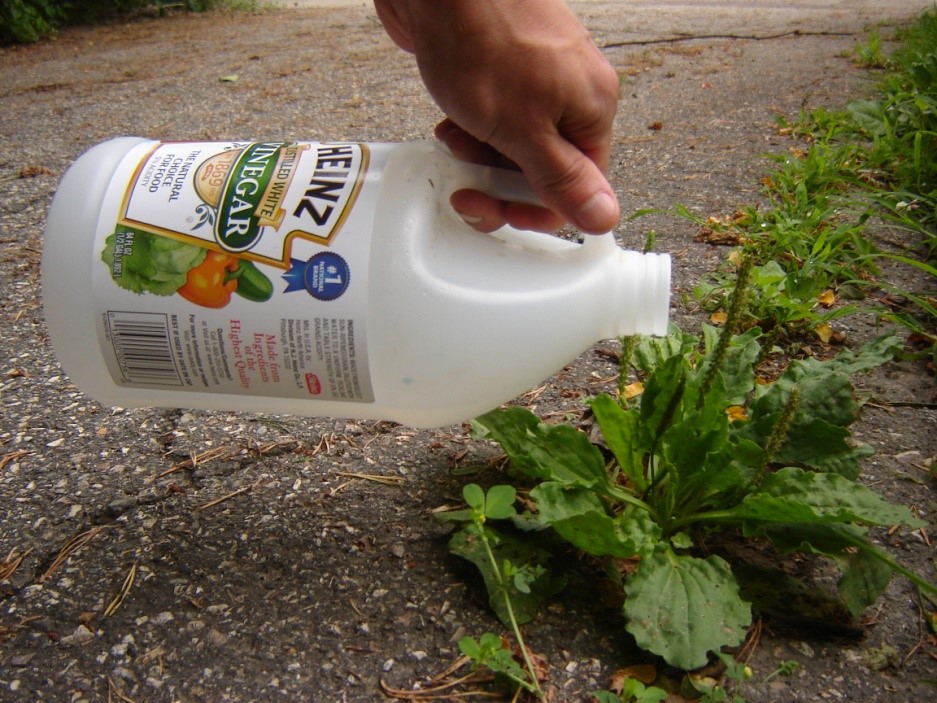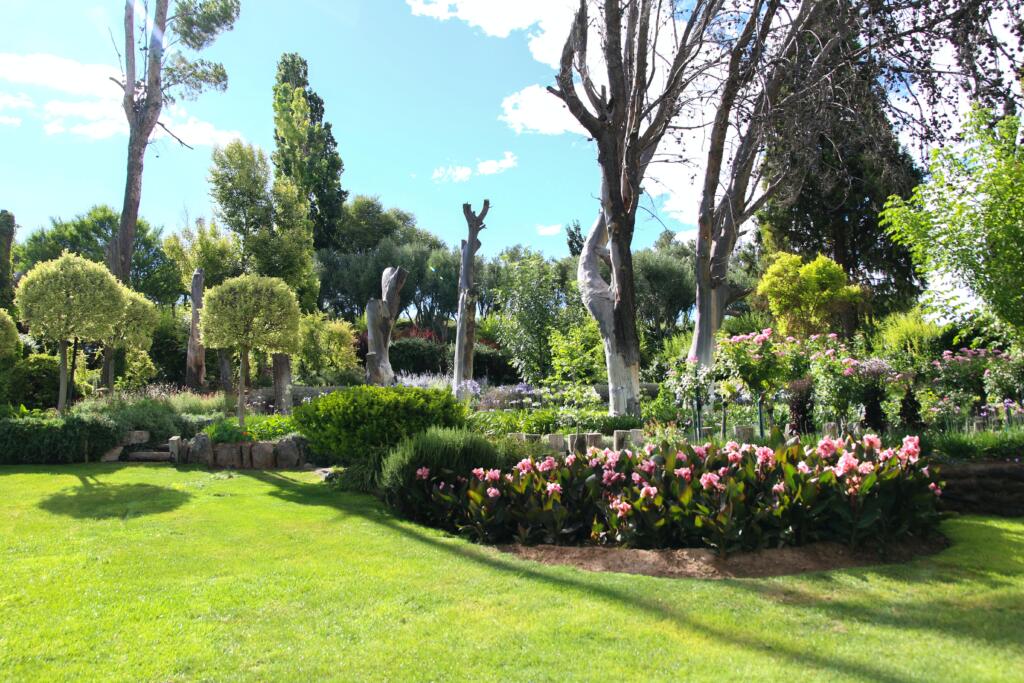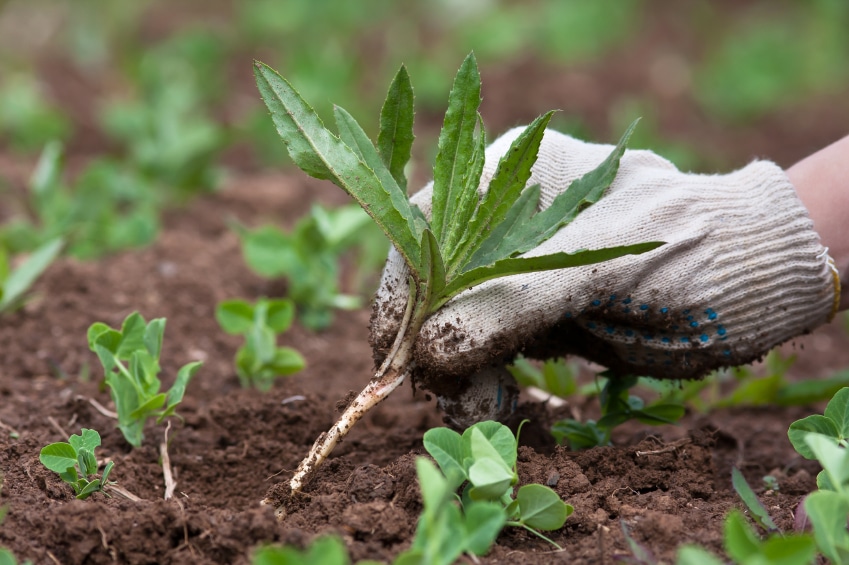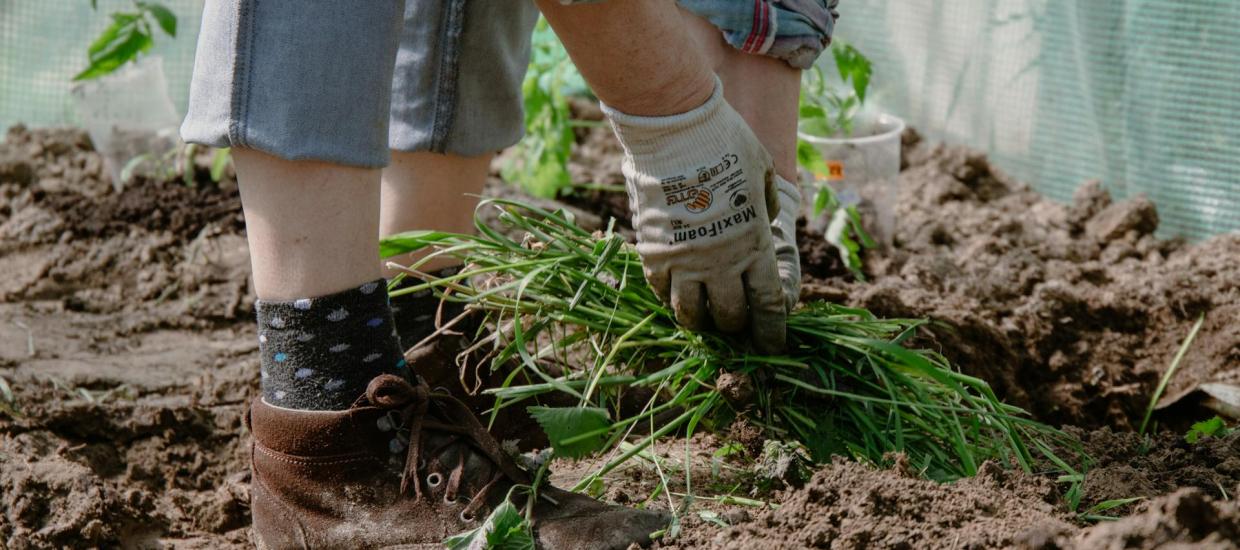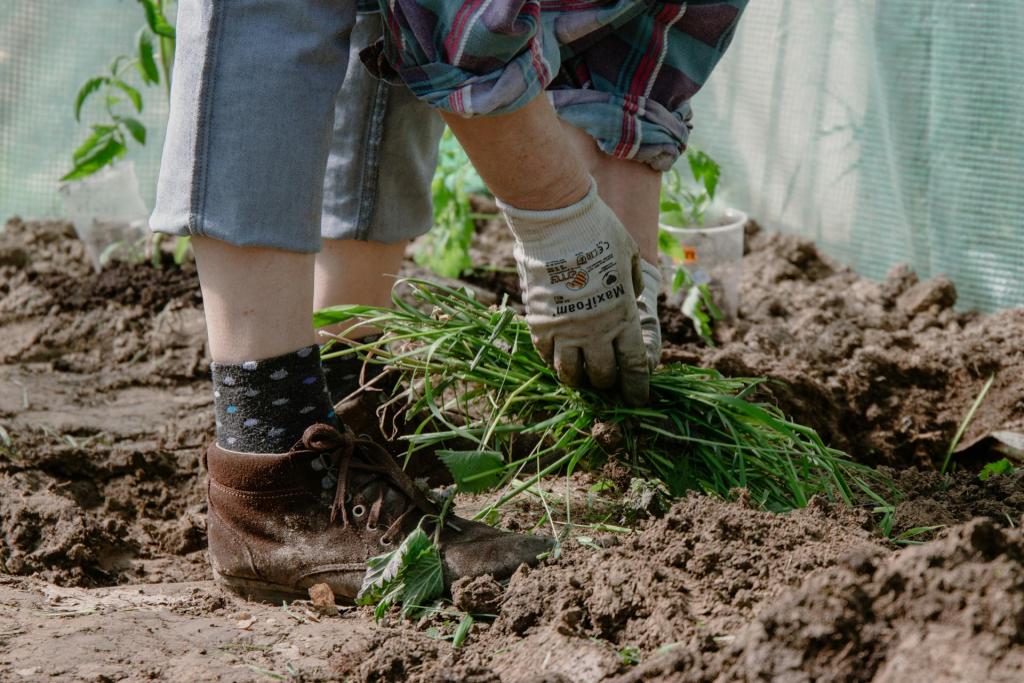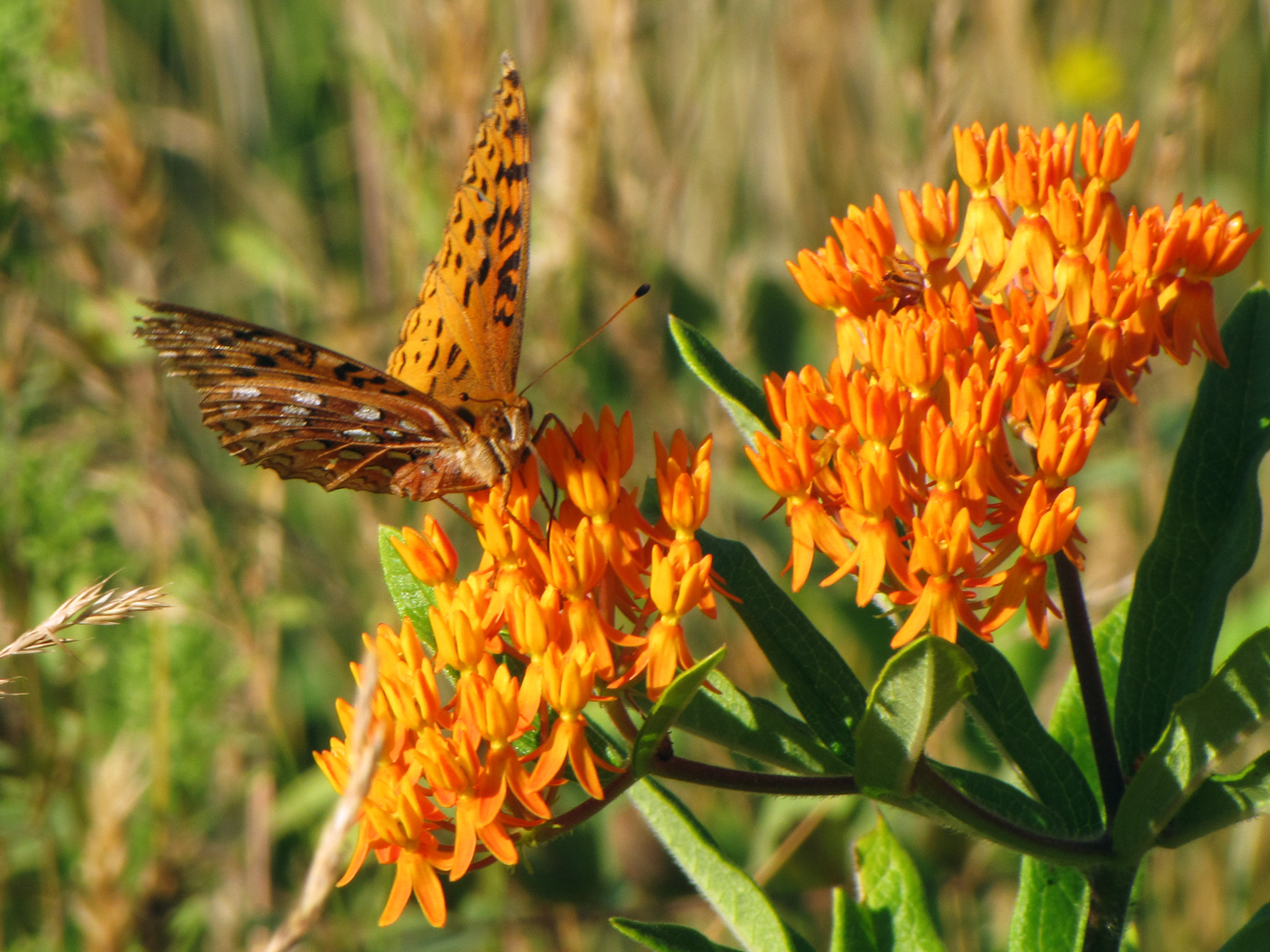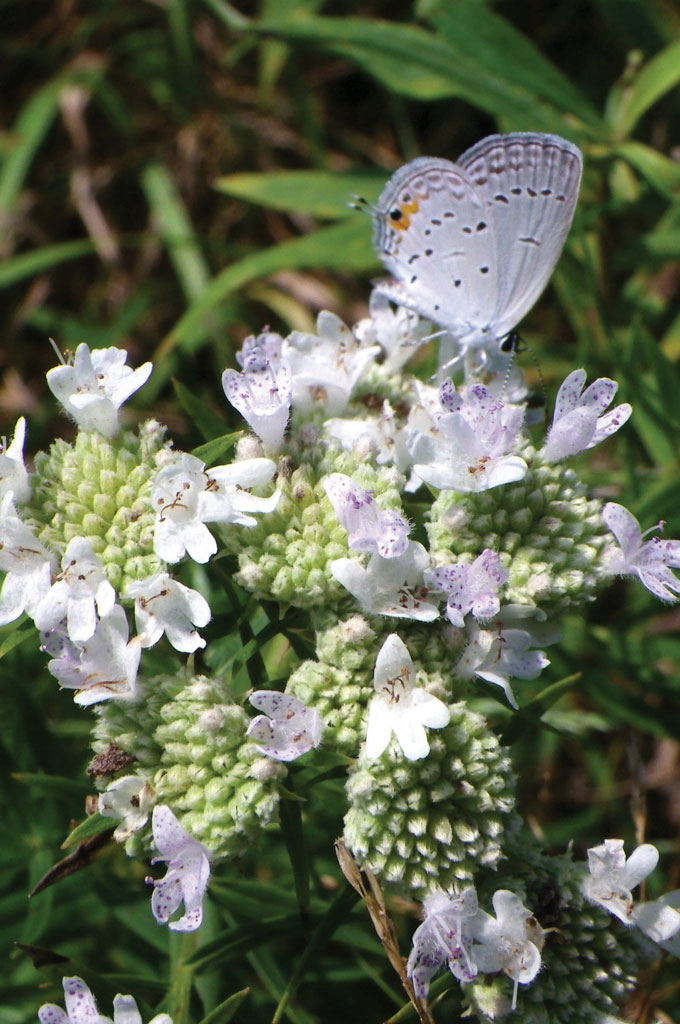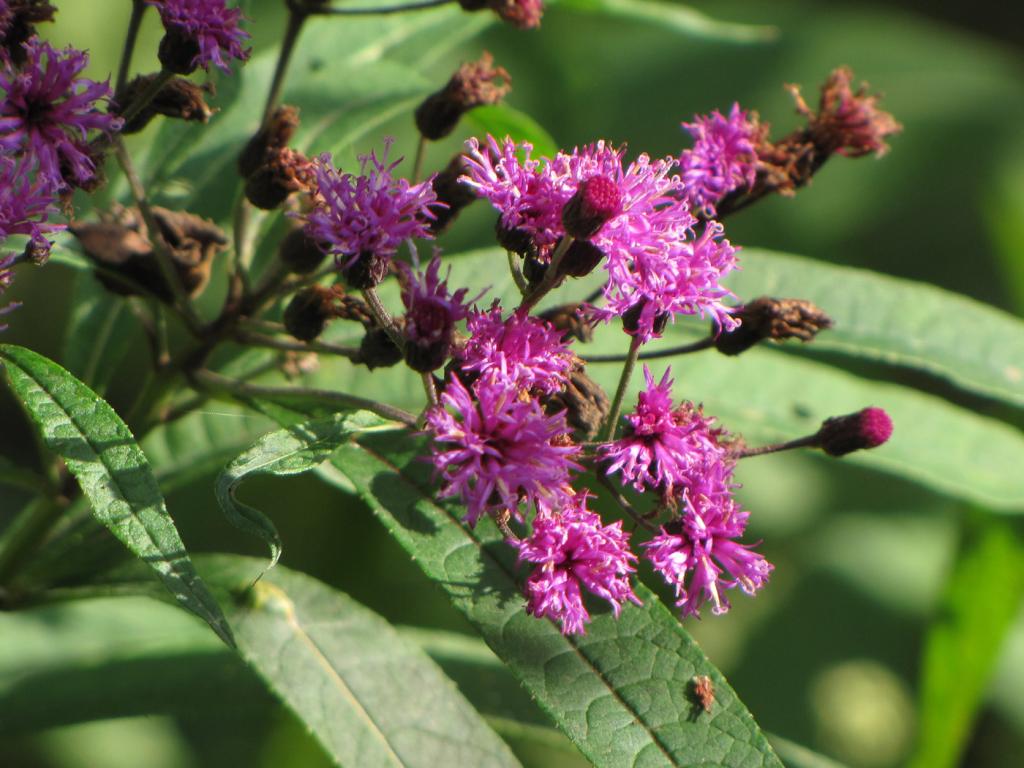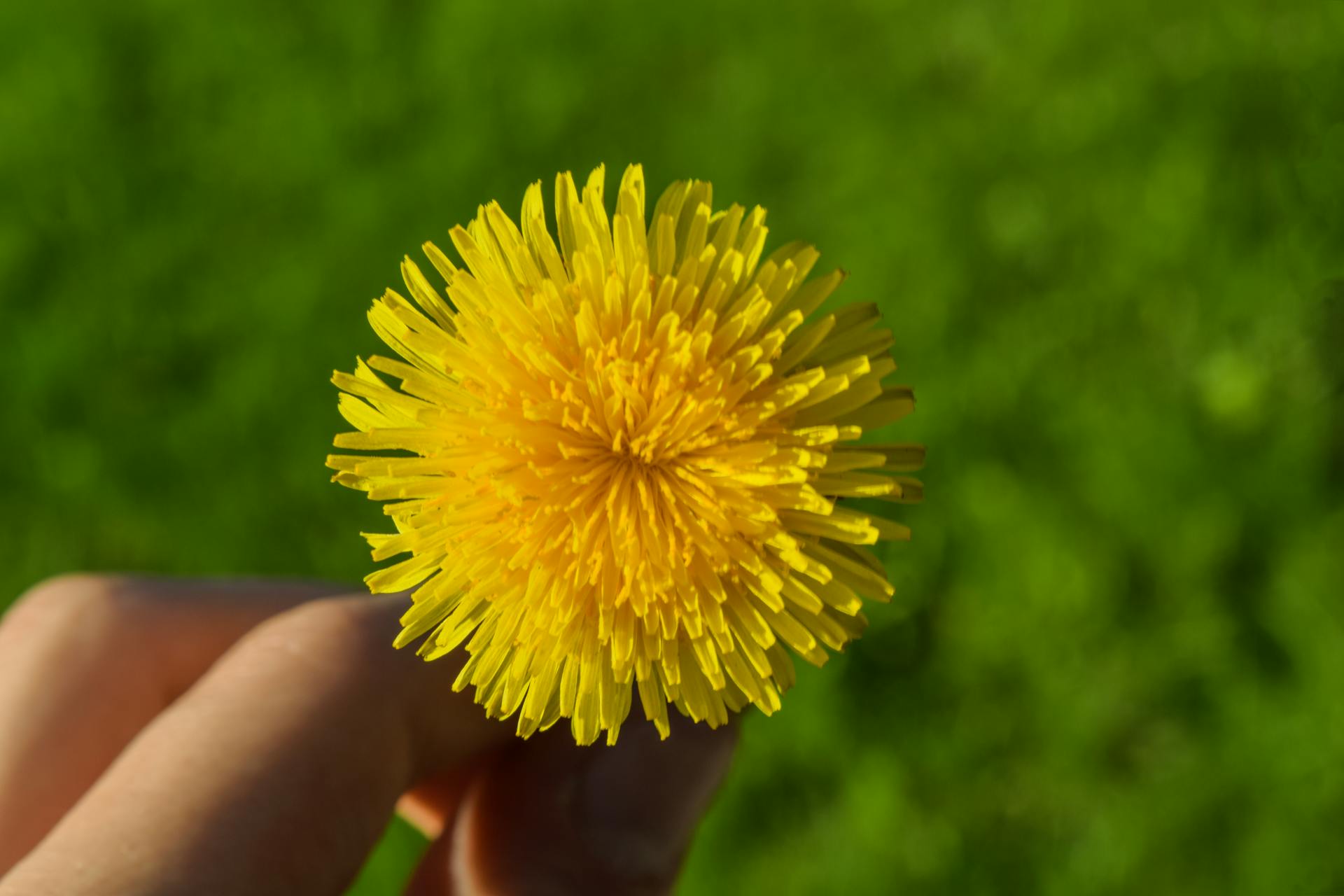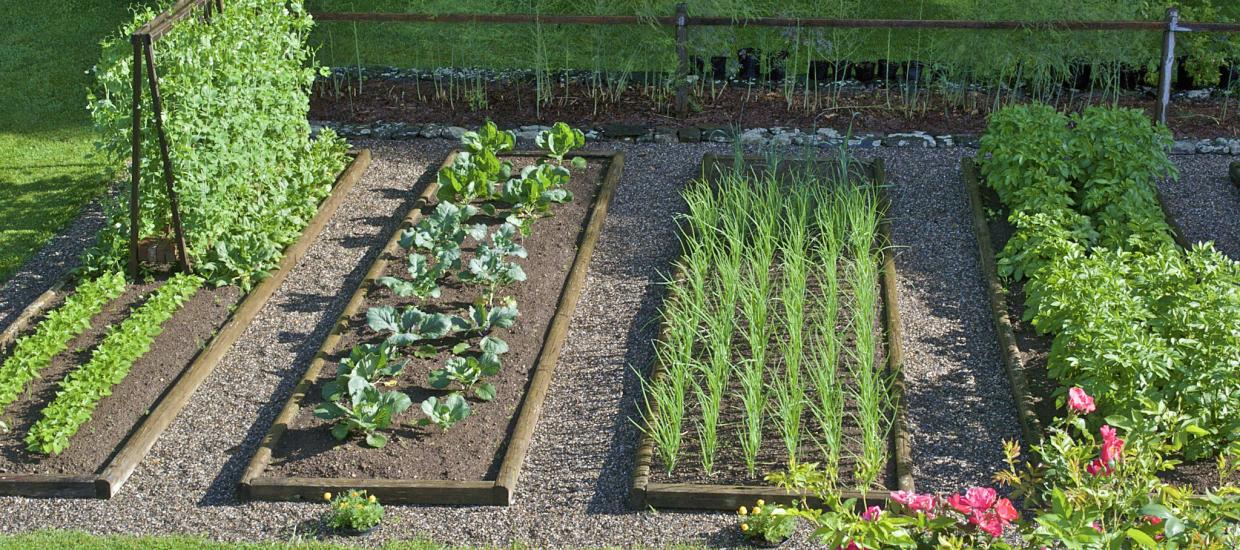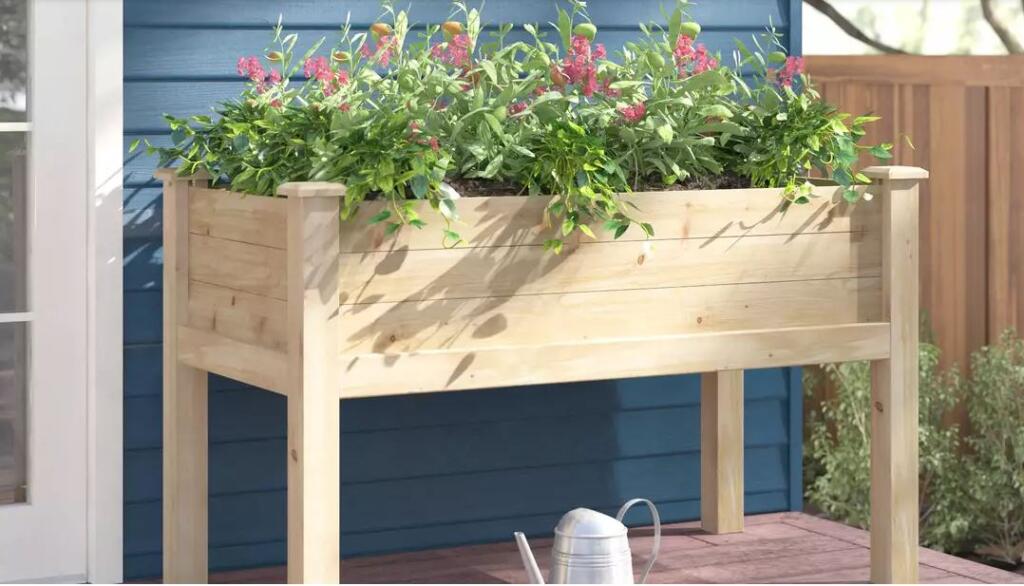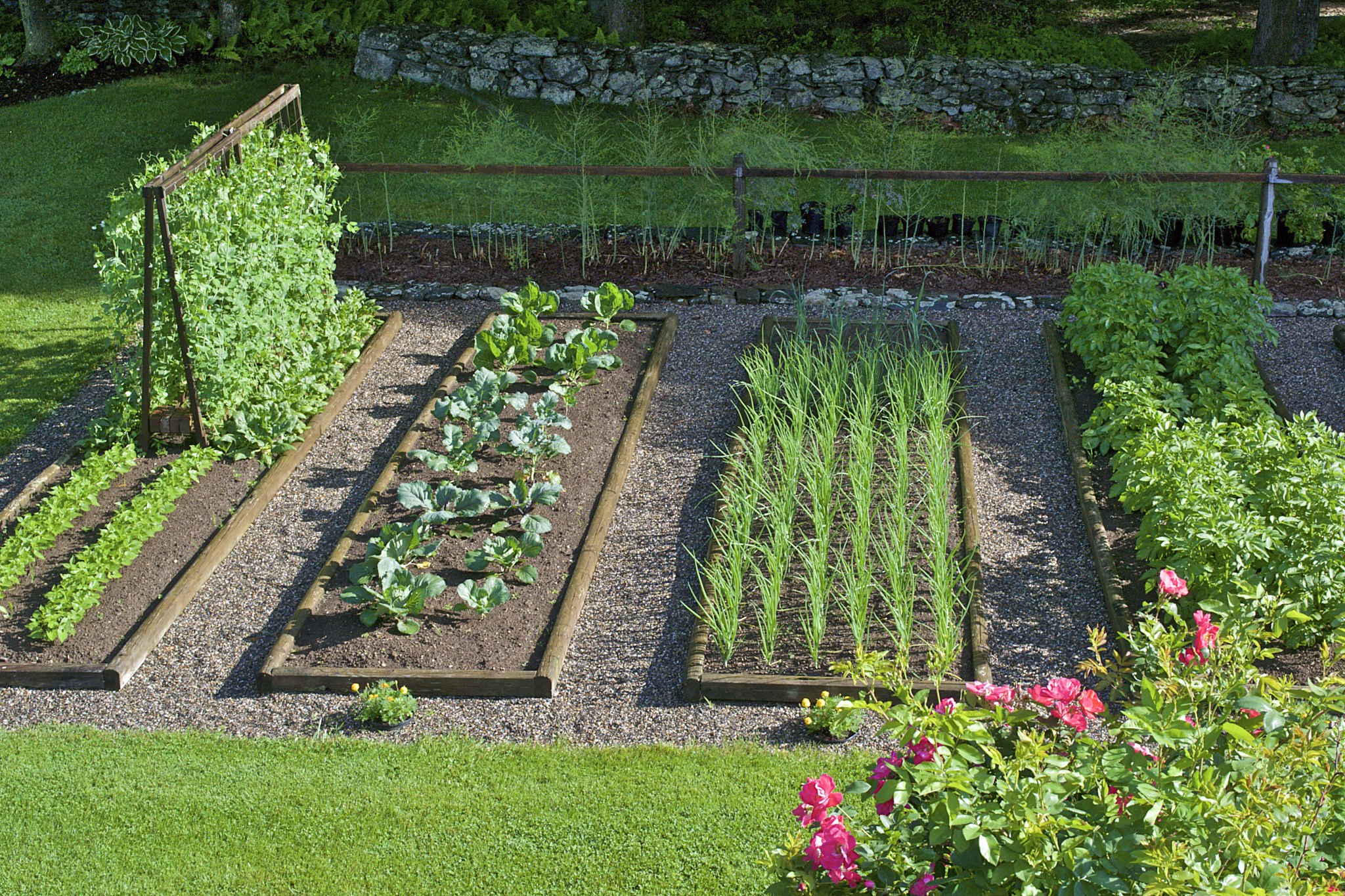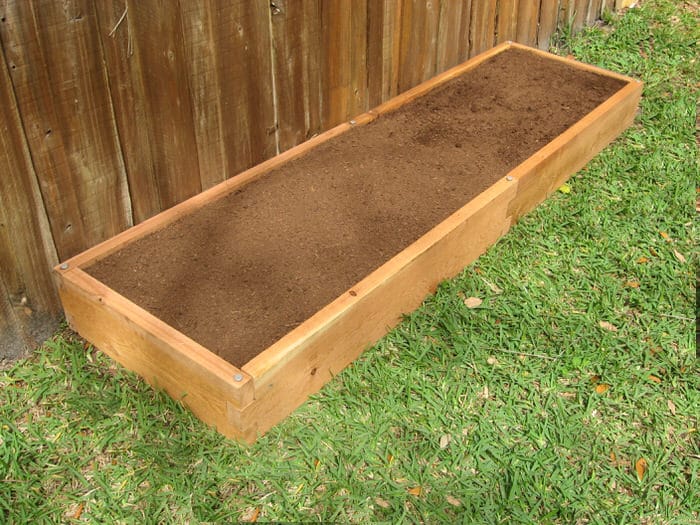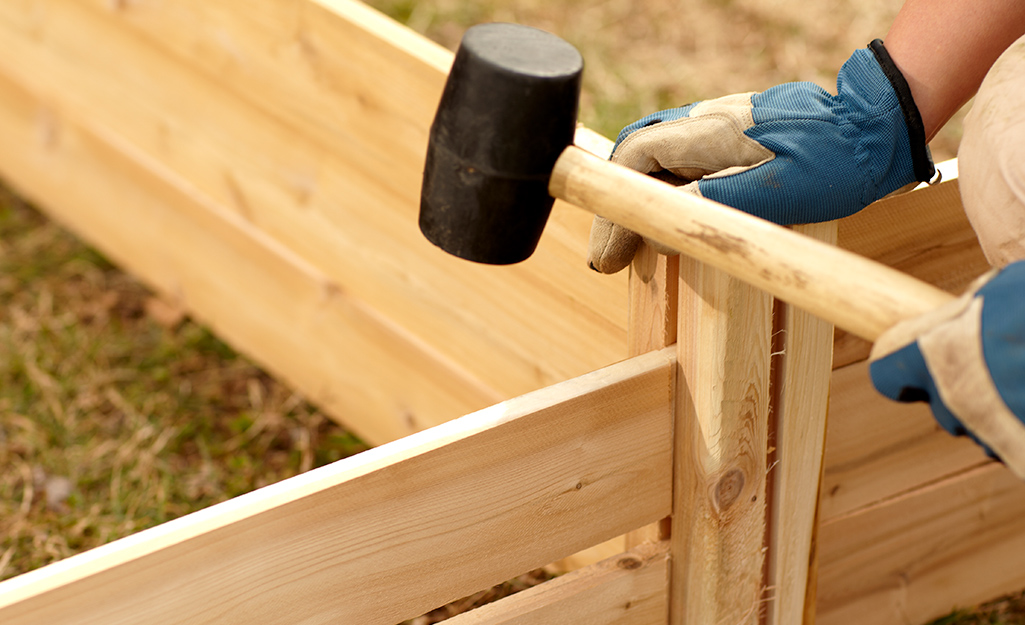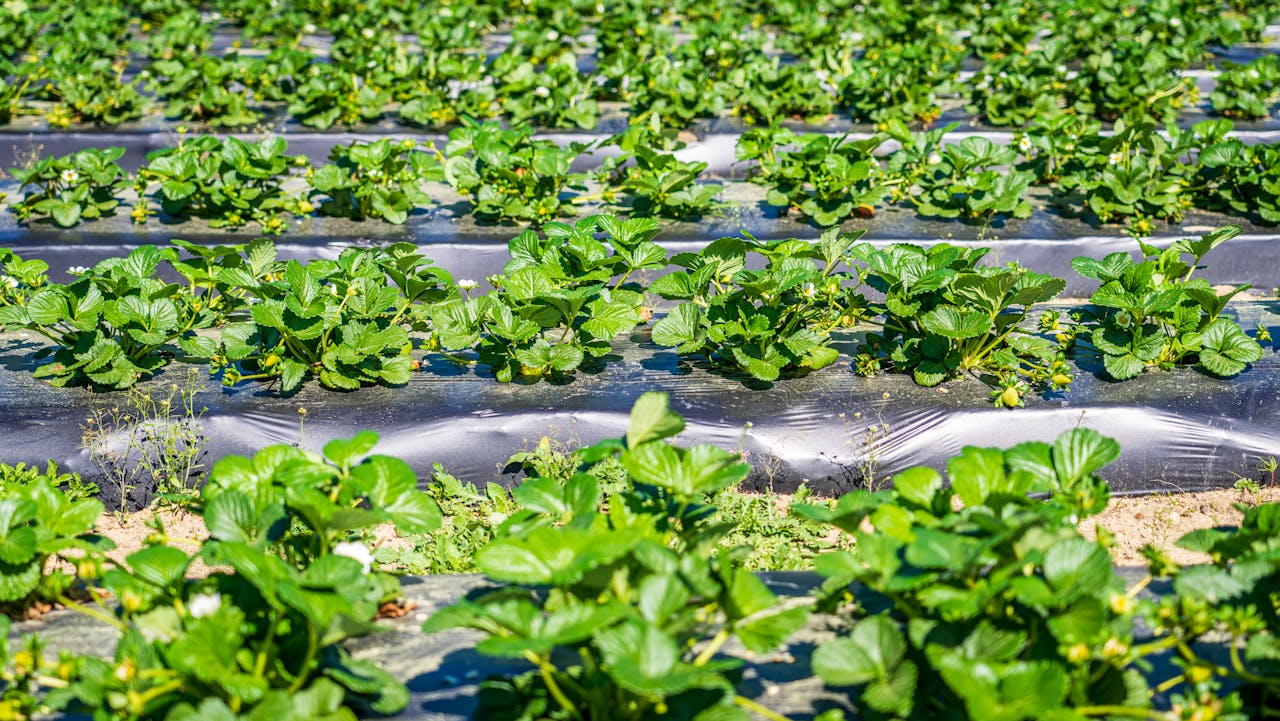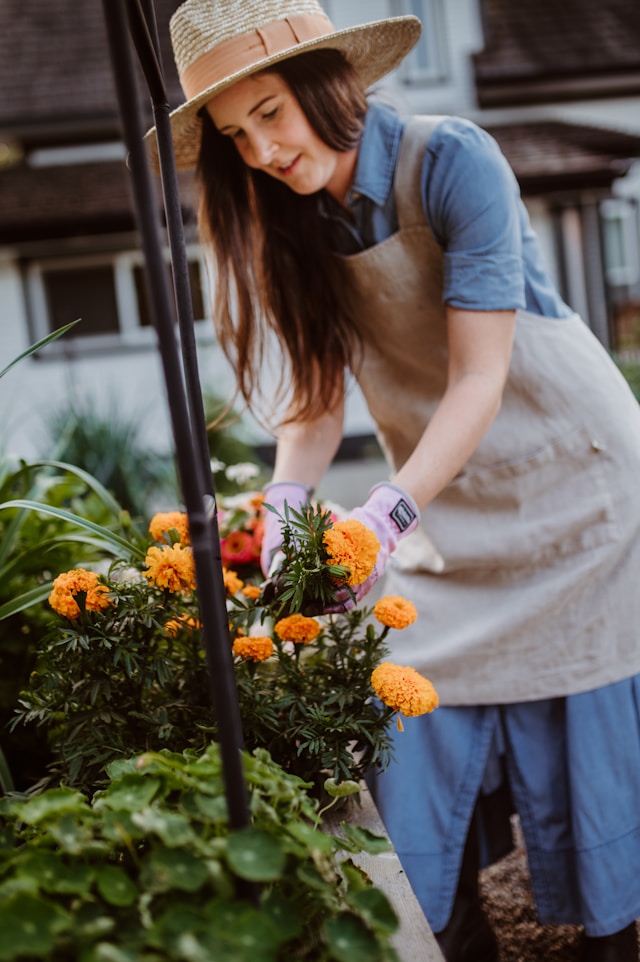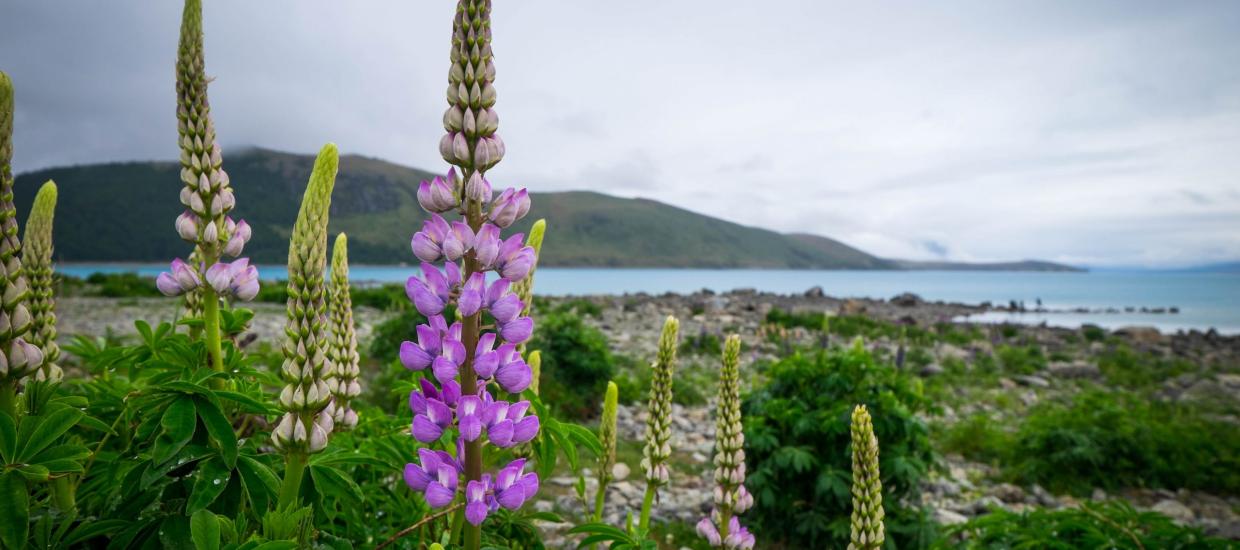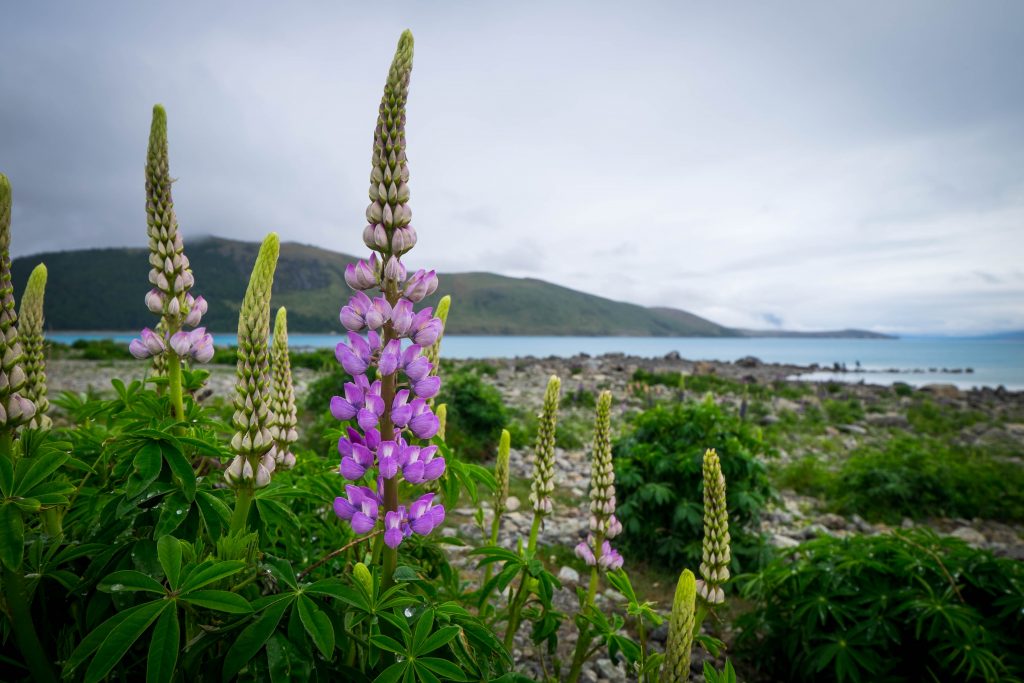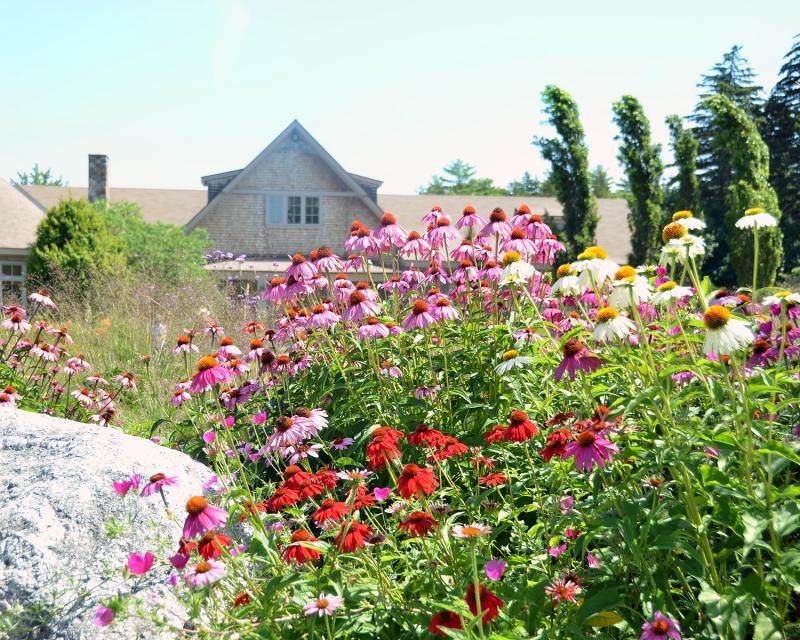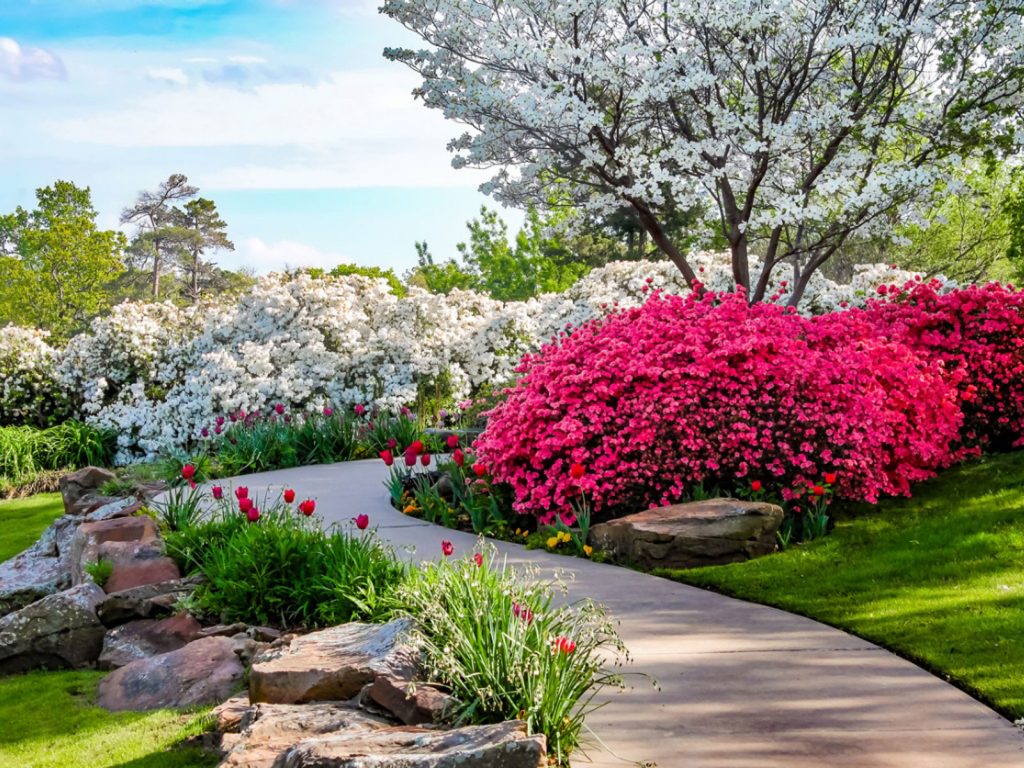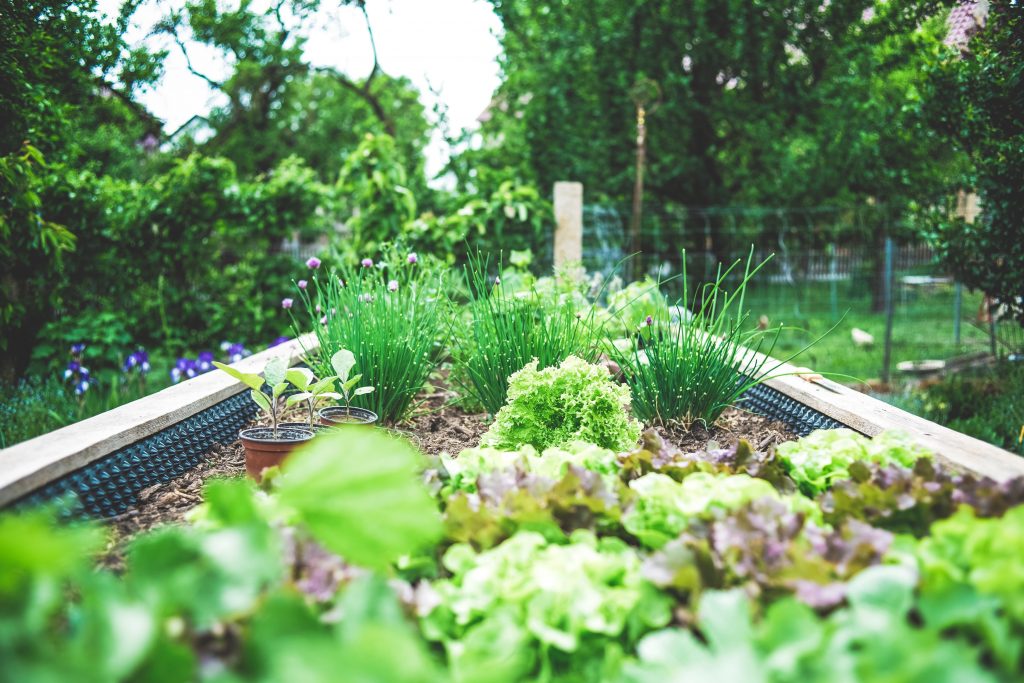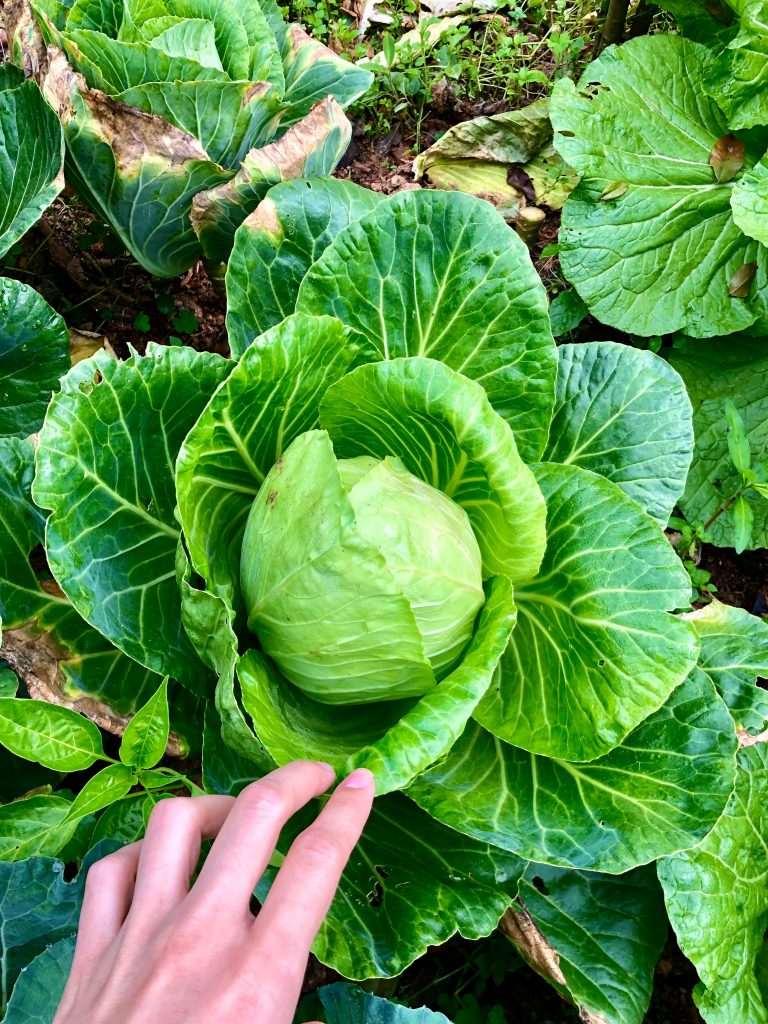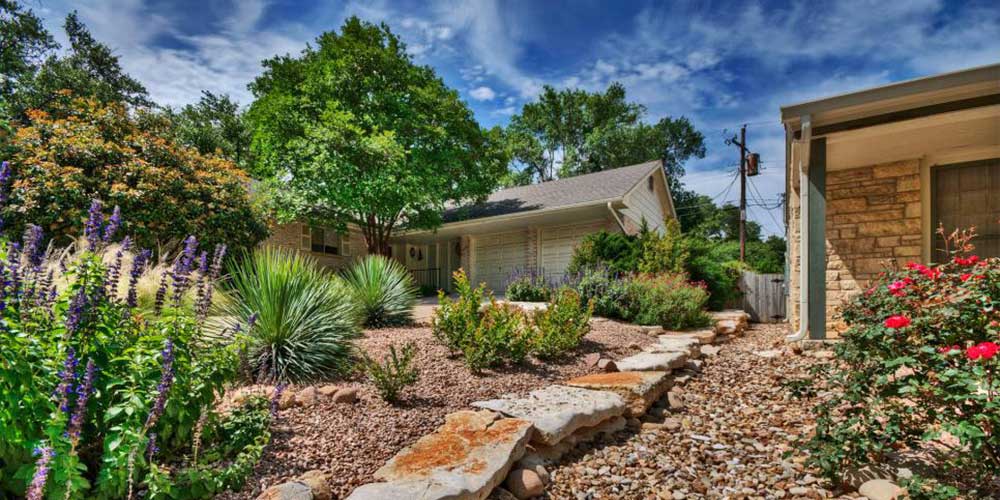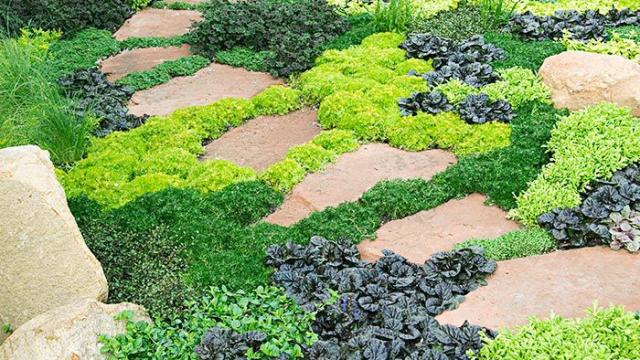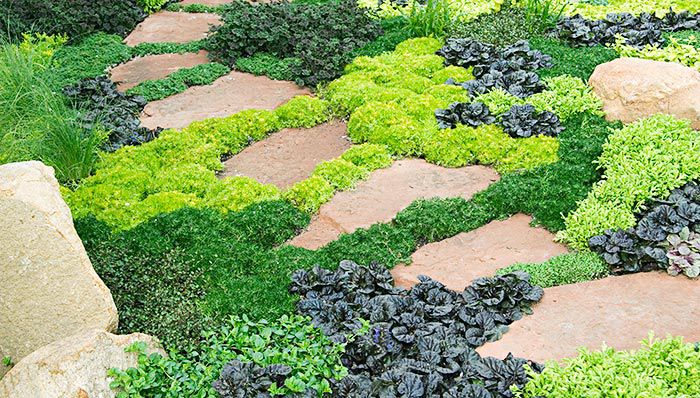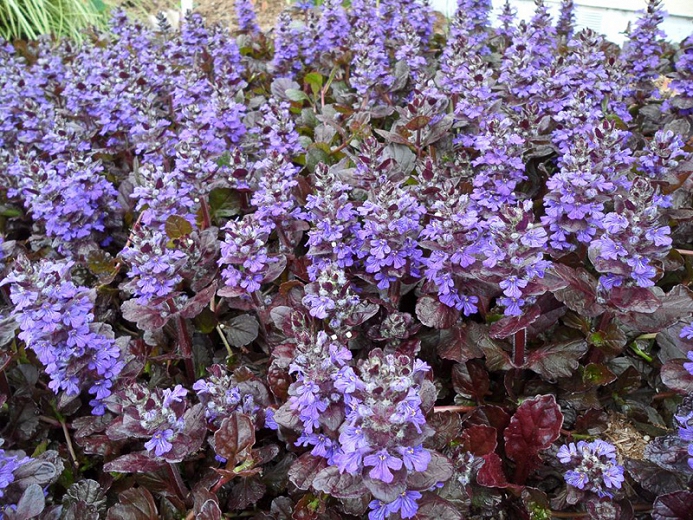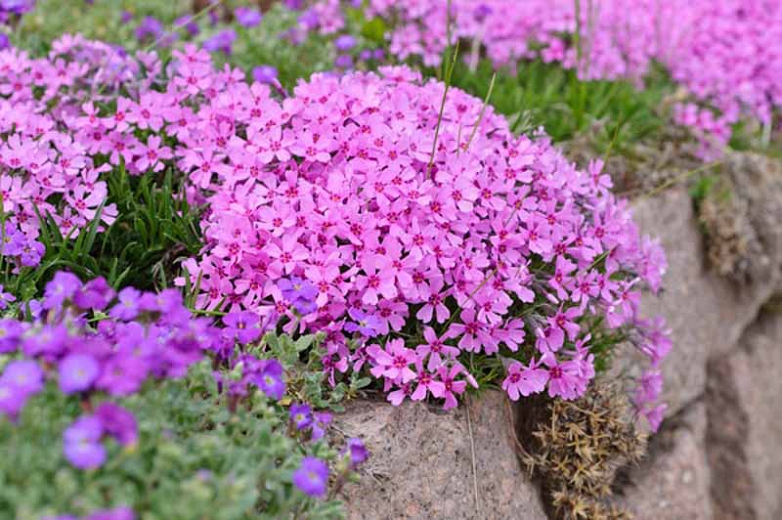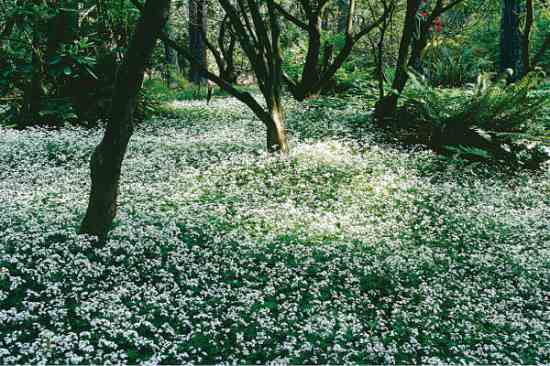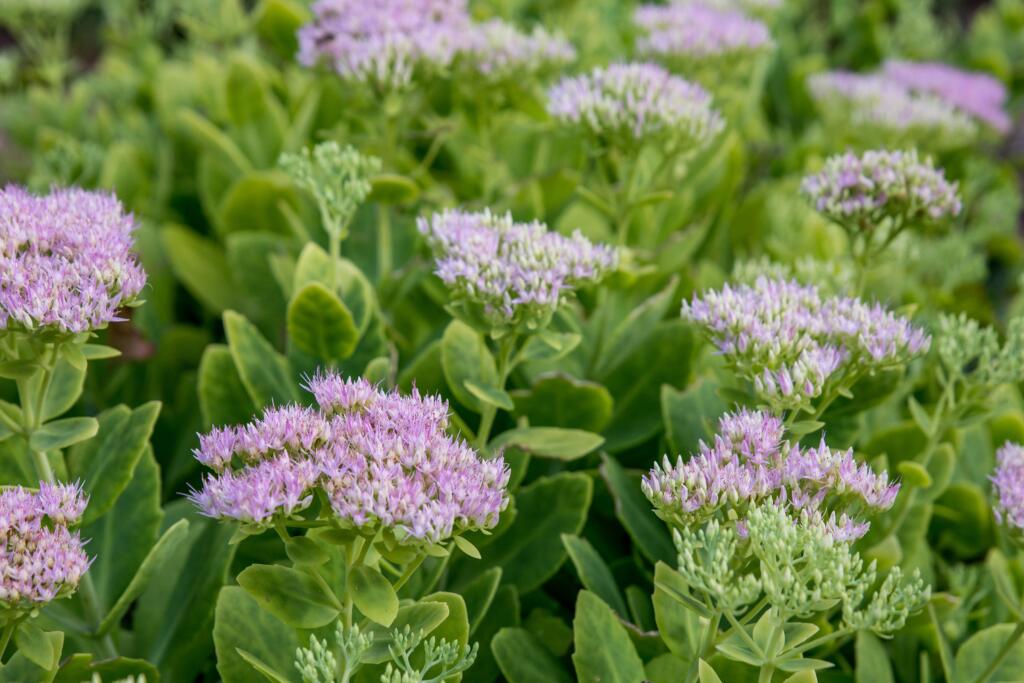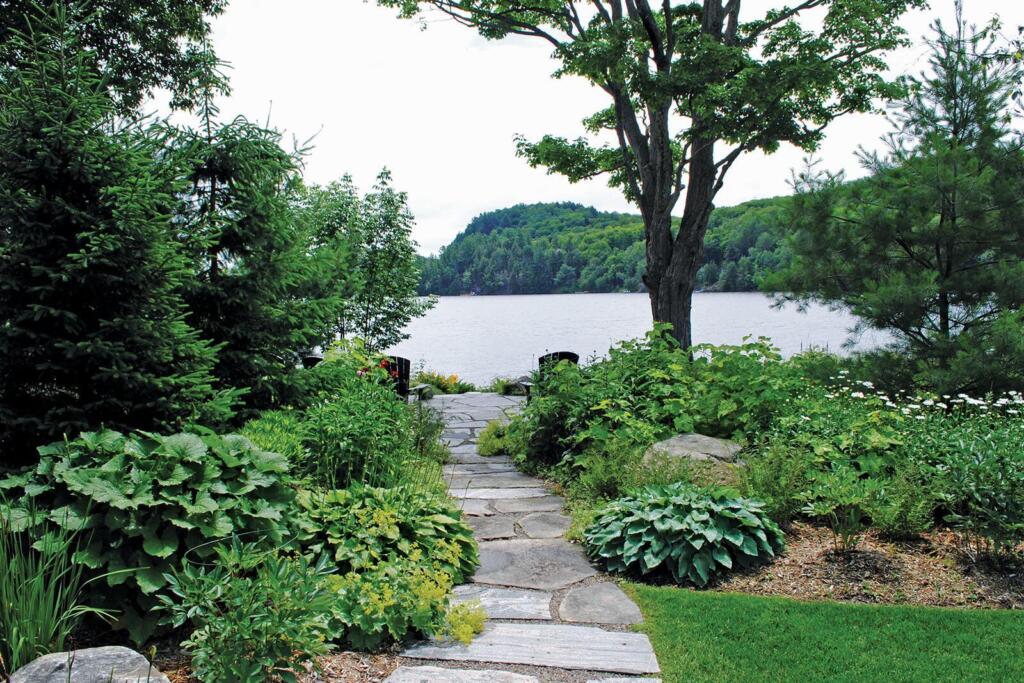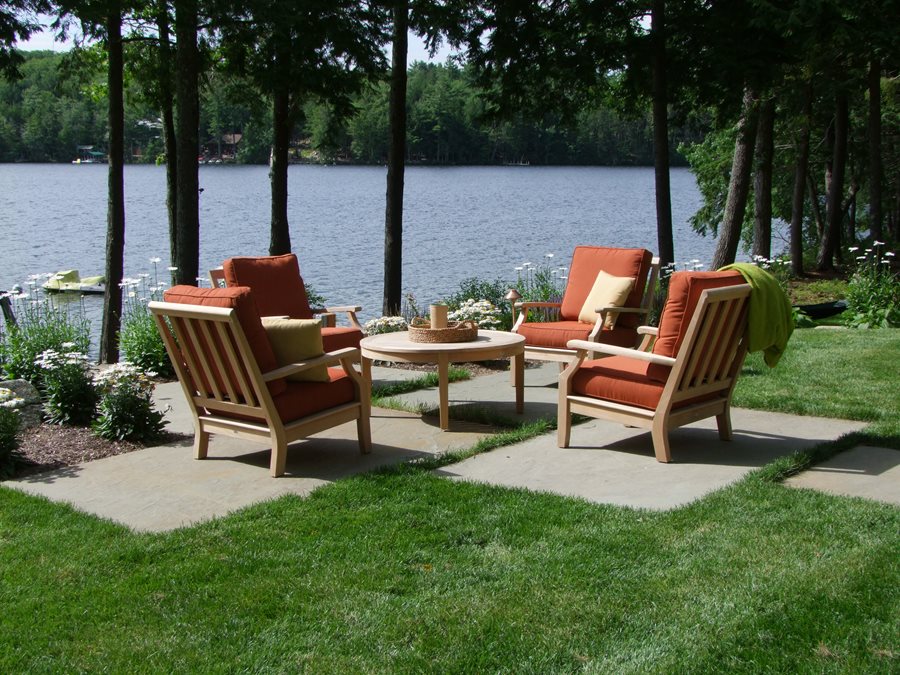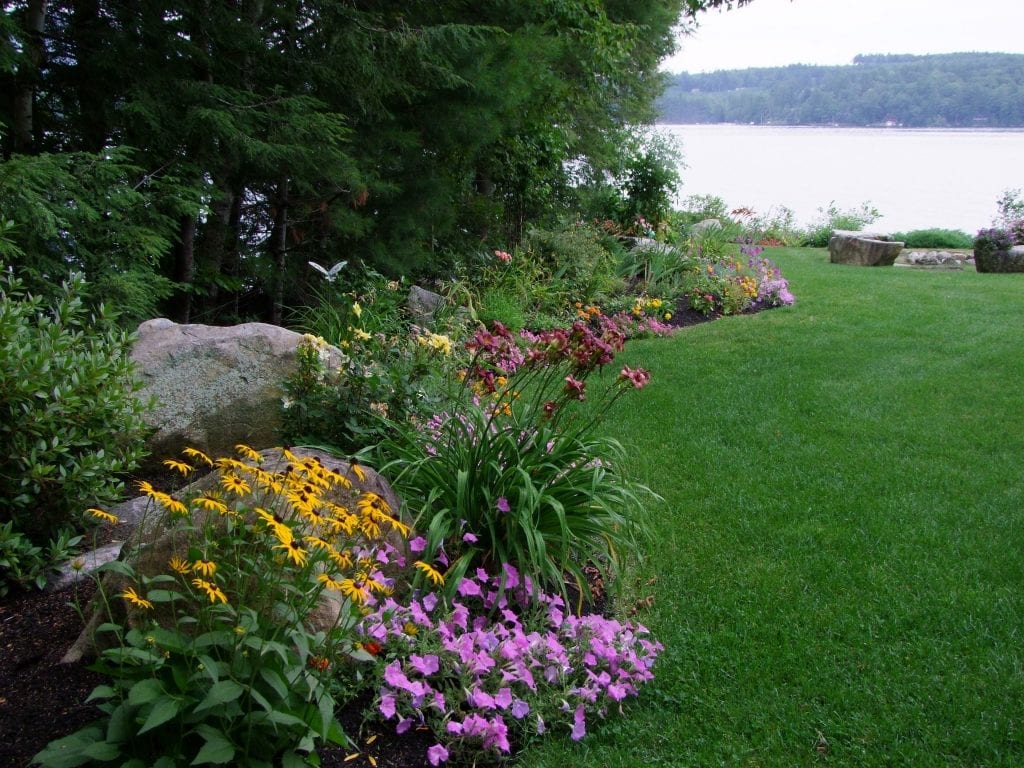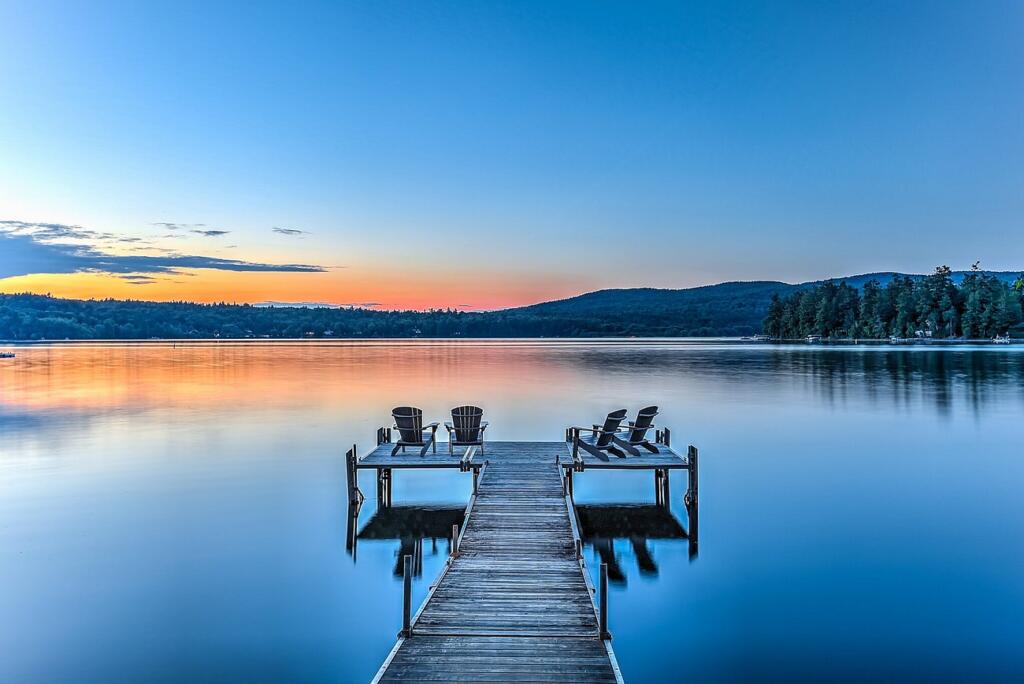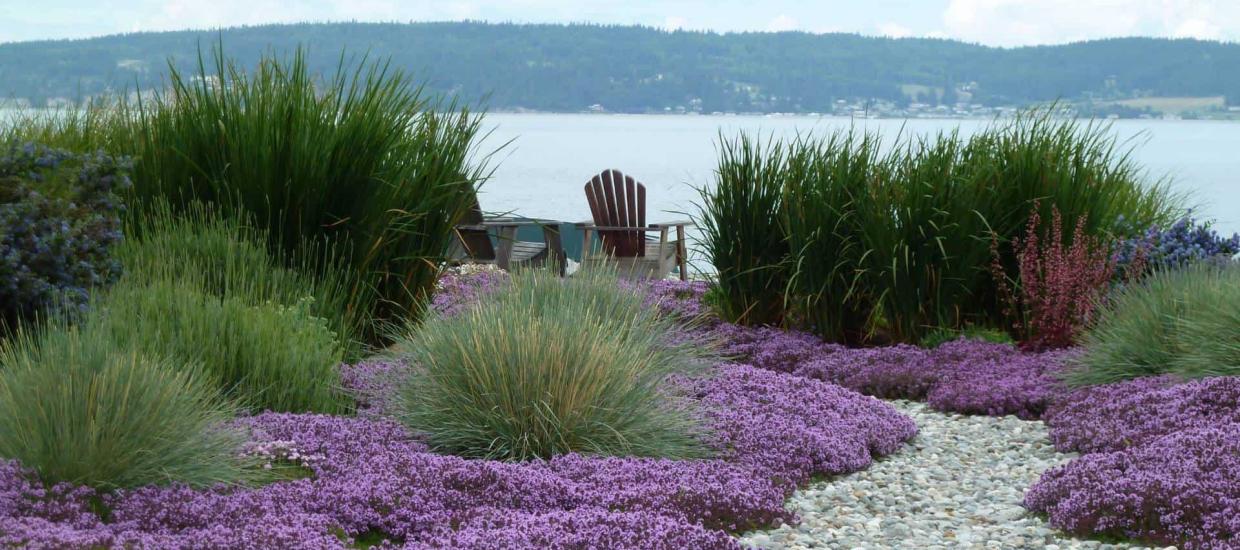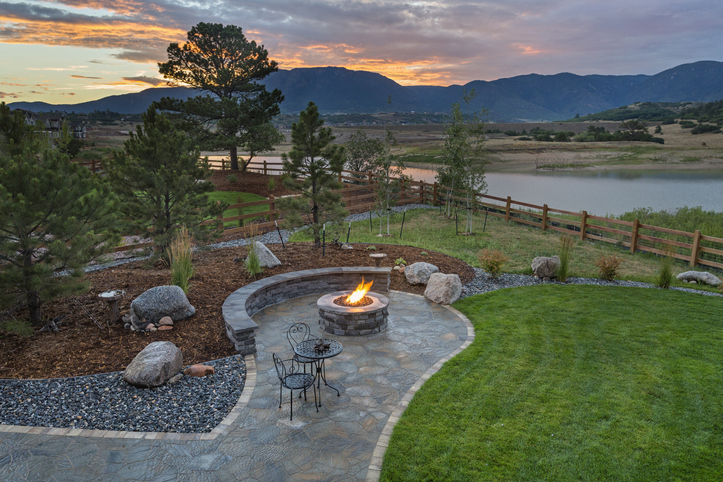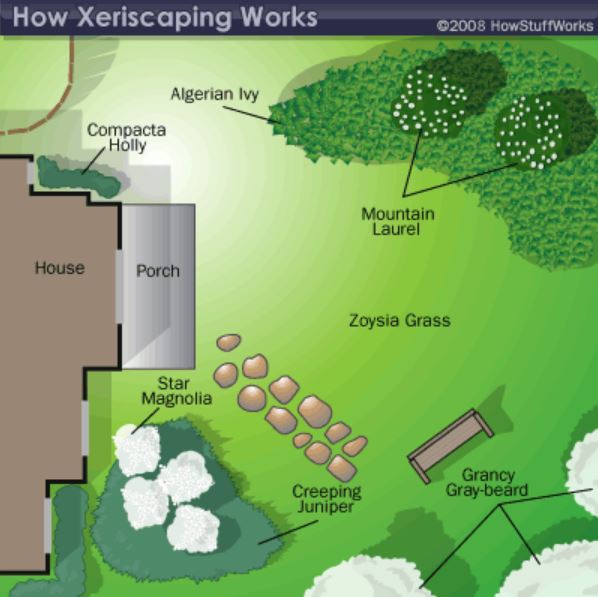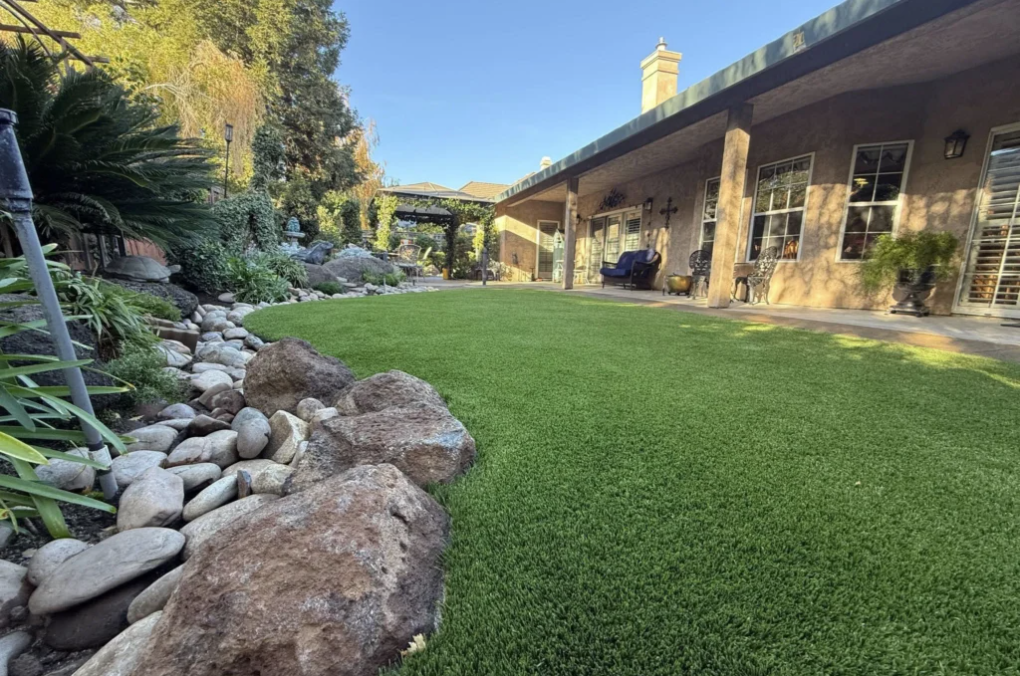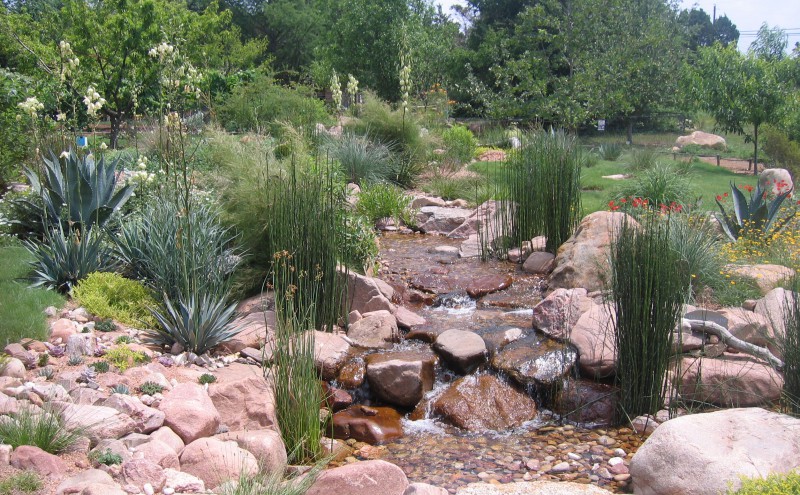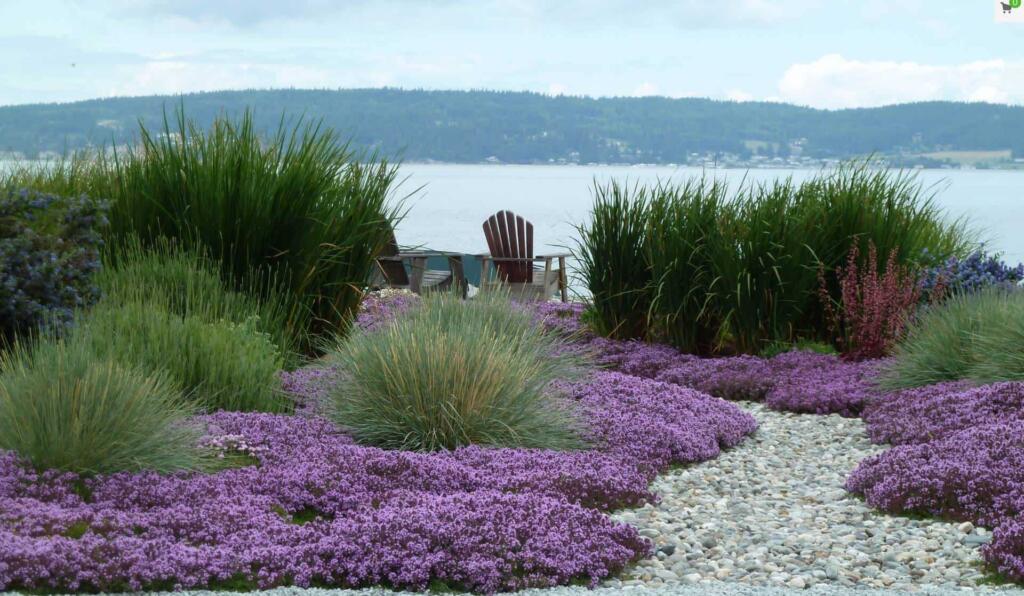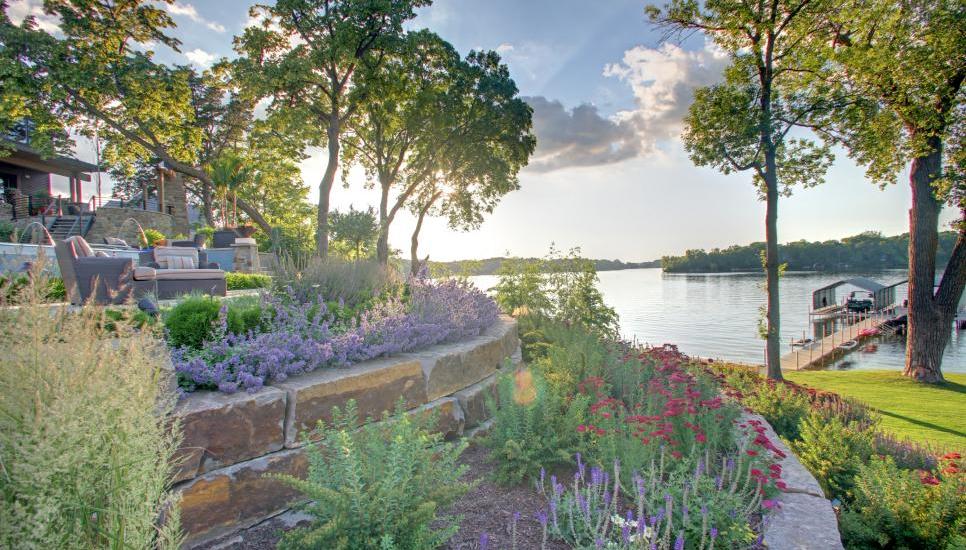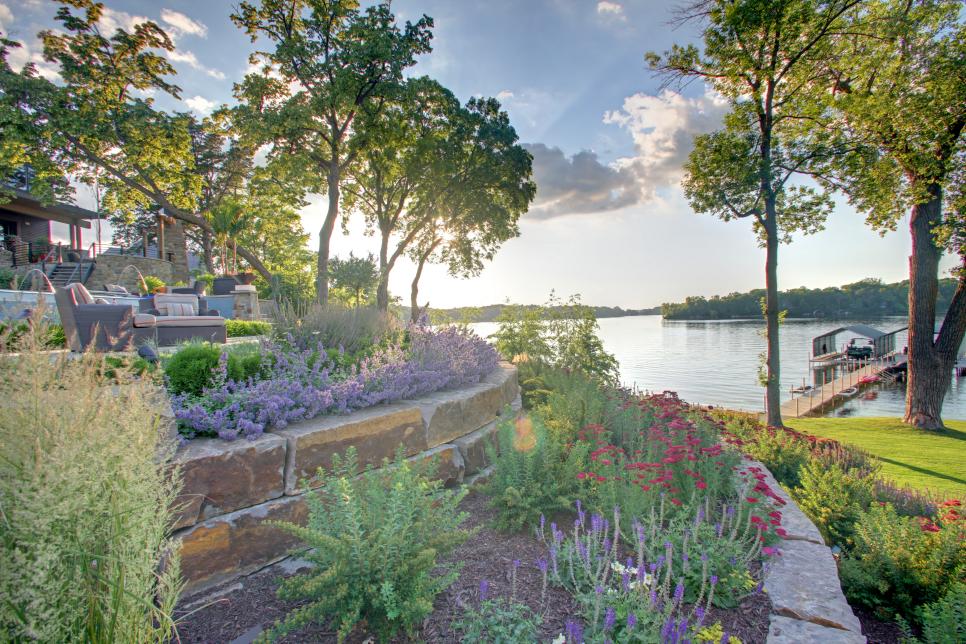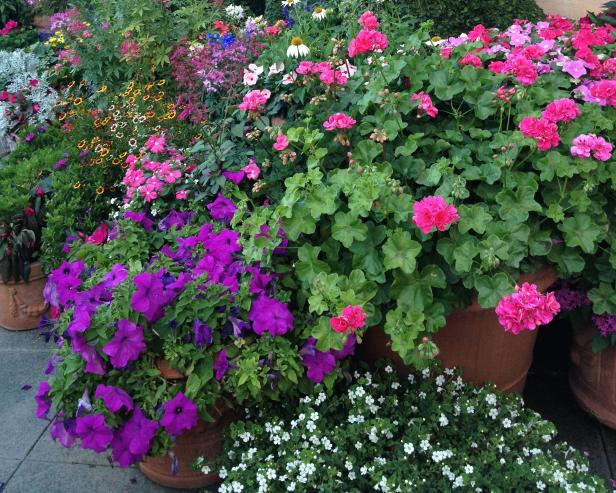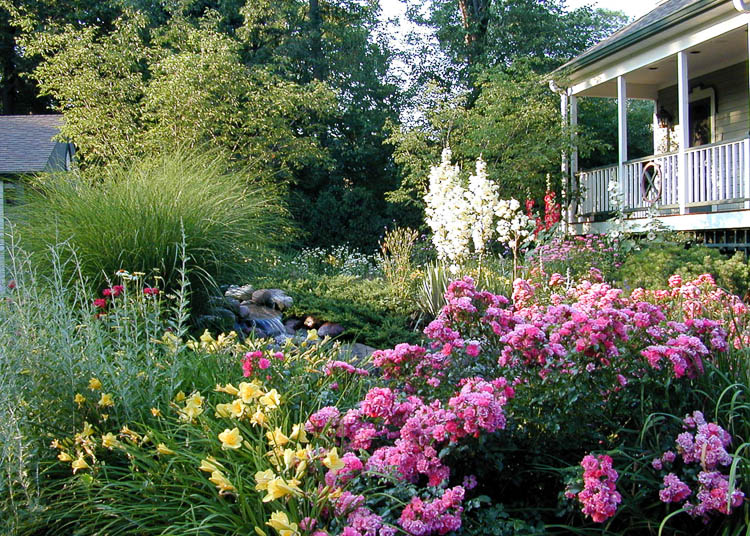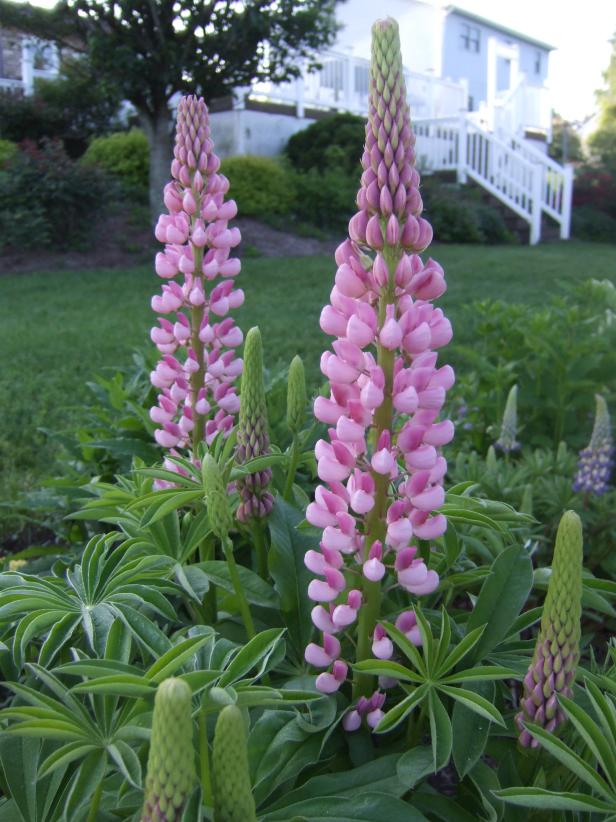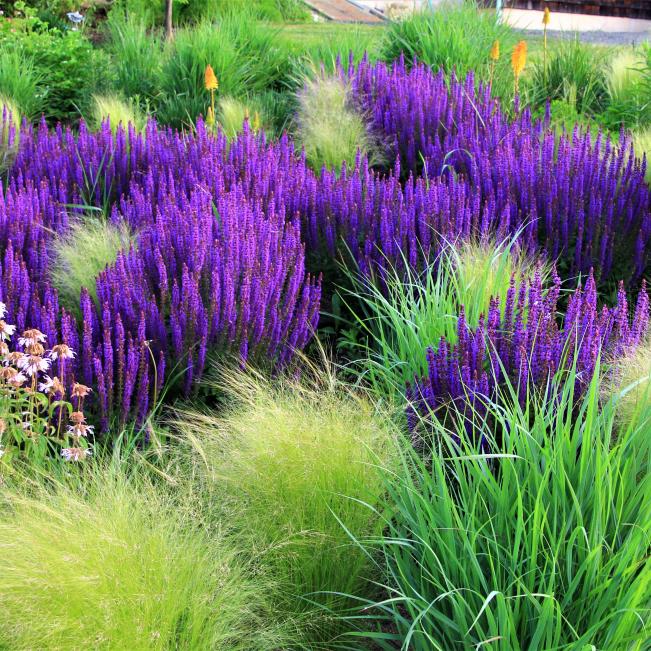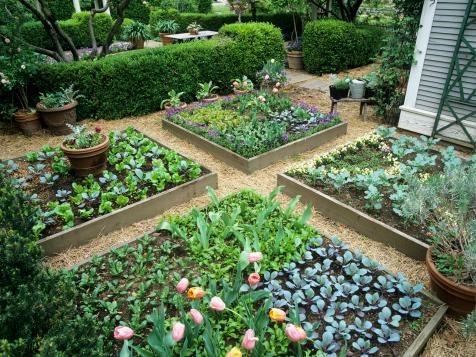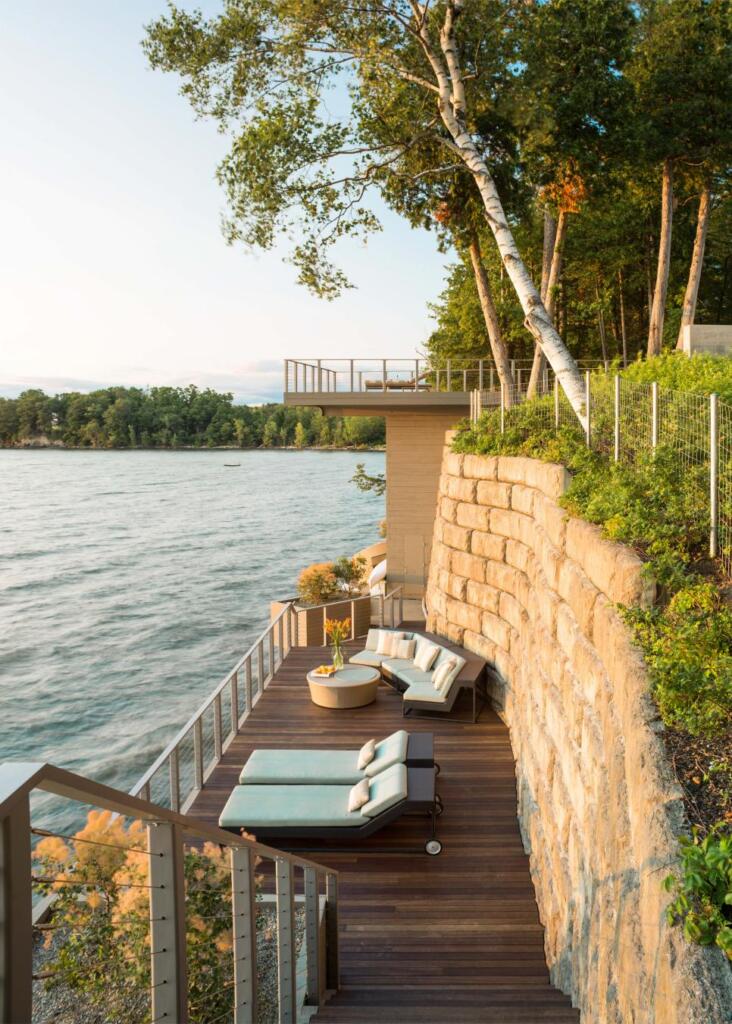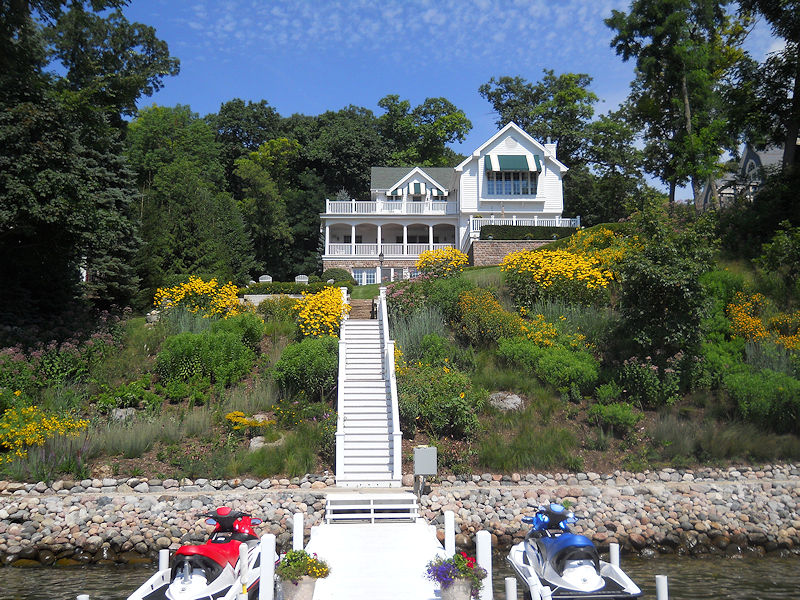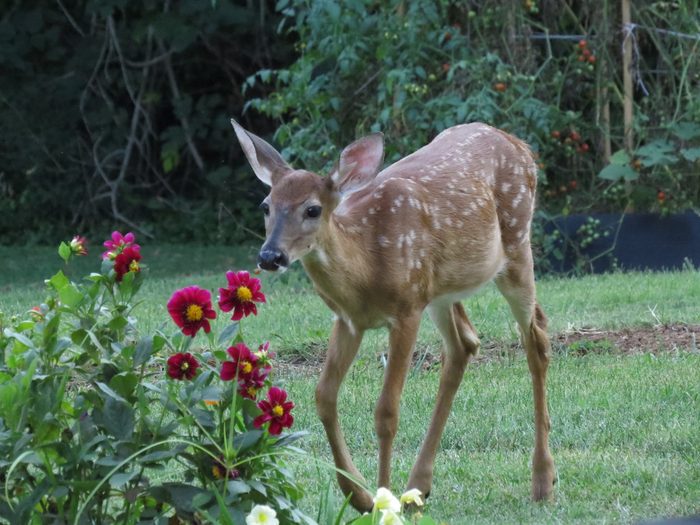
By Fletcher Allen, Noah Ryan, and Kristen Carr
Anyone that lives in a rural or even suburban environment will tell you hungry deer can make annoying neighbors. Deer are generalist herbivores, meaning they prefer to consume a variety of plants. They rely on all their senses to navigate their environment and forage for food, and once deer find a spot with food to eat, they are likely to return for more. With a little planning, creating a deer-resistant landscape is easy.
There are an array of plants, barriers, tools, and deterrents, however, that can assist in discouraging our furry-tailed friends. Using a combination of two or more methods is the most effective way to make your landscape deer-resistant. Here are four effective ways to create a deer-resistant landscape.
Deer-Resistant Plants
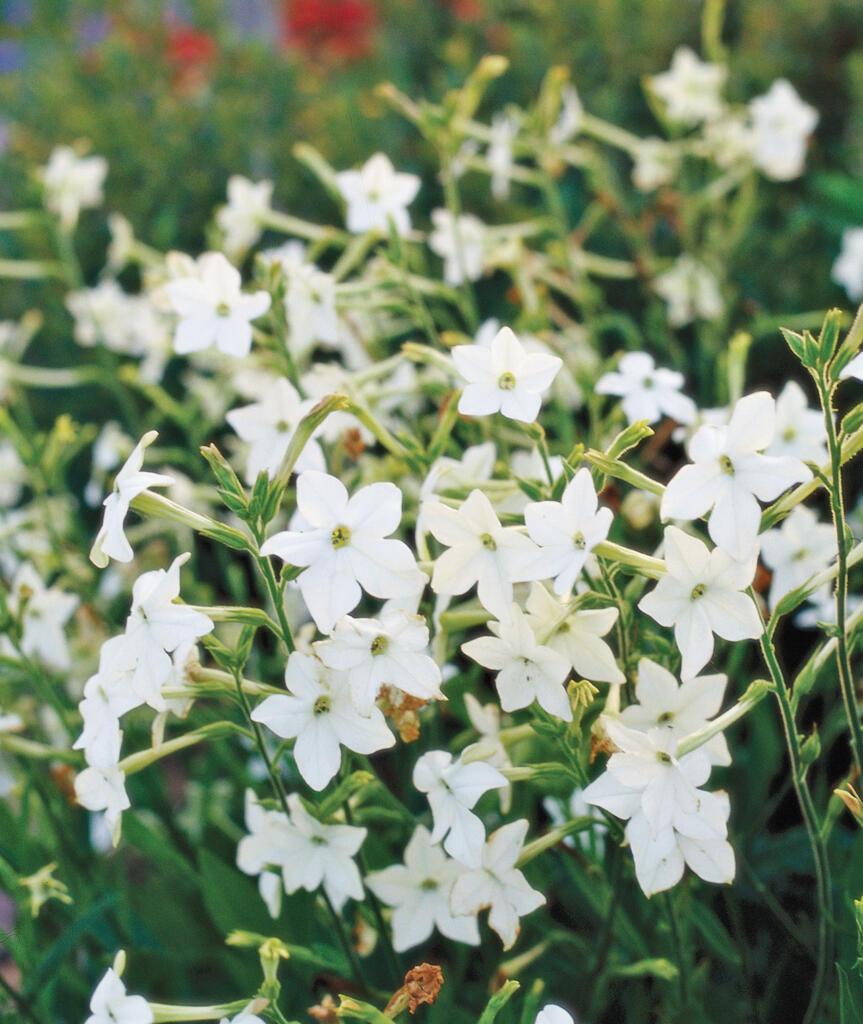
One classification of plants to consider is fuzzy or hairy plants. Deer generally consider the soft bristles on certain plants to be unpalatable and thorny plants can prove difficult to consume. An exception to this rule is roses. While they may seem like a good choice, deer seem to have no issue gnawing on their thorny canes.
Plants in this category include lamb’s ear, lady’s mantle, Siberian Bugloss, flowering tobacco, yarrow, and many others. Online companies like Garden Goods Direct and Amazon are great places to find these plants. You can also find them at many local nurseries or markets if you prefer to see them in person before you purchase them.
Deer don’t seem satisfied with fibrous or leathery plants, as the texture can be hard to chew and digest. Examples of these plants are elephant ear, pachysandra, irises, and peonies. Just like the thorny plants, these can typically be found at your local flower market, but online shops like Holland Bulb farms can save you the trip, and you can order them online.
The following plants are nothing to snub your nose at, as deer have an acute sense of smell and use this when seeking a meal. Plants emitting heavy fragrances may encourage deer to search elsewhere. Their sense of smell is a powerful tool, but overwhelming scents may cause disorientation.
Various types of herbs like this Hidcote lavender, mint, dill, and sage plants from Burgess Seed & Plant Co. are great options.
Some plants are toxic to deer and cause nausea or constipation. Note that these plants may also be harmful to people or pets, so exercise caution when selecting. A few examples of these toxic plants include daffodils, false indigo, and poppies.
Fencing
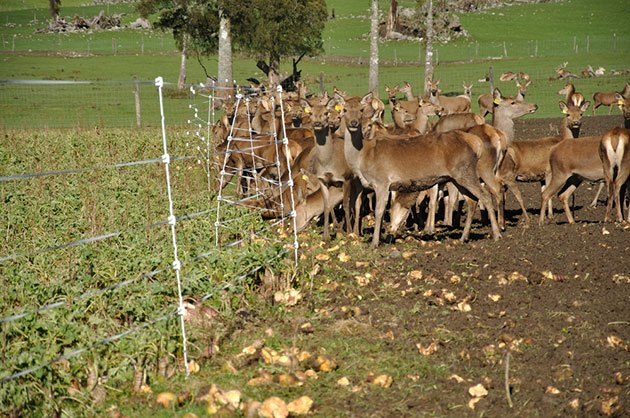
Proper fencing is one of the most efficient methods to make your landscape deer-resistant. Erecting a fence for this purpose can be costly and could prove pointless if done wrong. Deer can jump up to eight feet high, so your fence must be at least this tall.
Choose your fence type wisely, as a deer is much more likely to hop a fence it can see through. Stockade fencing like this one from Lowe’s is a good choice in this regard. Using chicken wire to protect singular plants can prove helpful but may not stop a deer from crushing the frame.
Electric fences are another popular option that discourages deer. Places like Lowe’s, Home Depot, and Amazon have multiple options for you to choose from. The shock will be enough to fend off the deer, but they won’t be harmed.
Scare Them
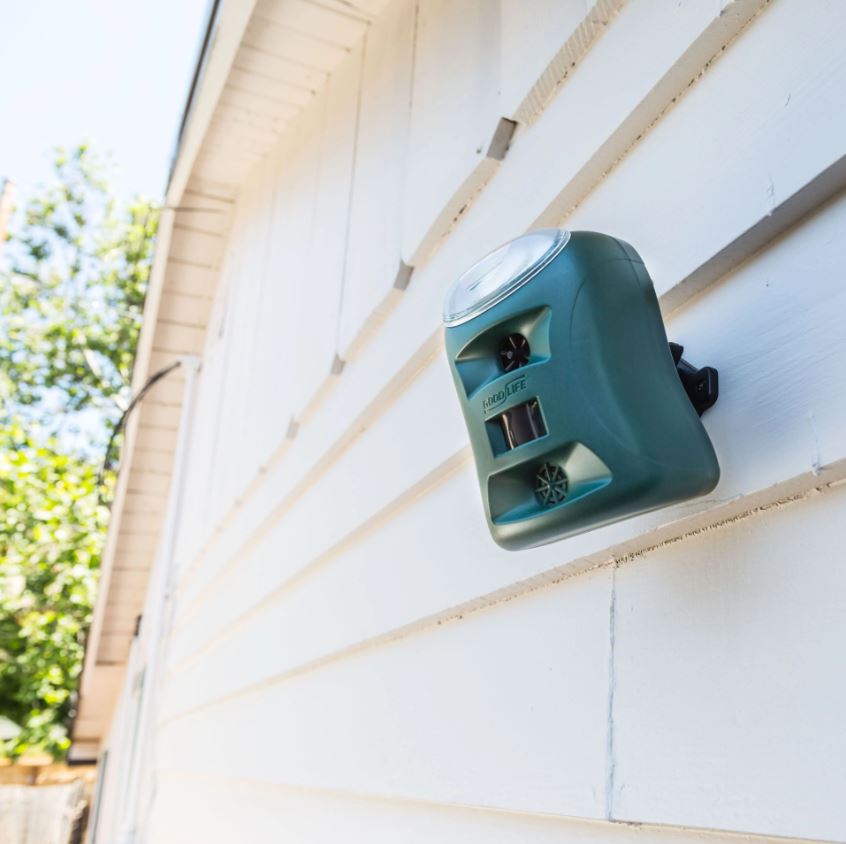
Protecting your lake home from deer is already laborious, especially if it’s your vacation home. Having a few passive methods to scare deer away from the property is a popular approach to managing wildlife.
Overpowering the senses is a powerful way to deter deer. Using motion-triggered floodlights like this Bell and Howell Bionic Floodlight Max may cause them to panic and flee the area. Another method is using sound-emitting devices. The Guardian thermal motion sensor has specific frequencies that you can choose depending on what pest animals you are trying to repel. A loud noise ringing in a deer’s ear has proven effective but can be an expensive route.
Motion-activated sprinklers like this one are a good option but be aware of a few caveats to this method. If you’re trying to protect a large area around your house or the perimeter of your property, you’ll need more than one. Invest in an Ultrasonic Repeller that sends out ultrasonic waves to protect your property night and day.
During the winter, hoses can freeze and render your sprinklers useless, so employ more than one method for the best results.
Deer Repellant
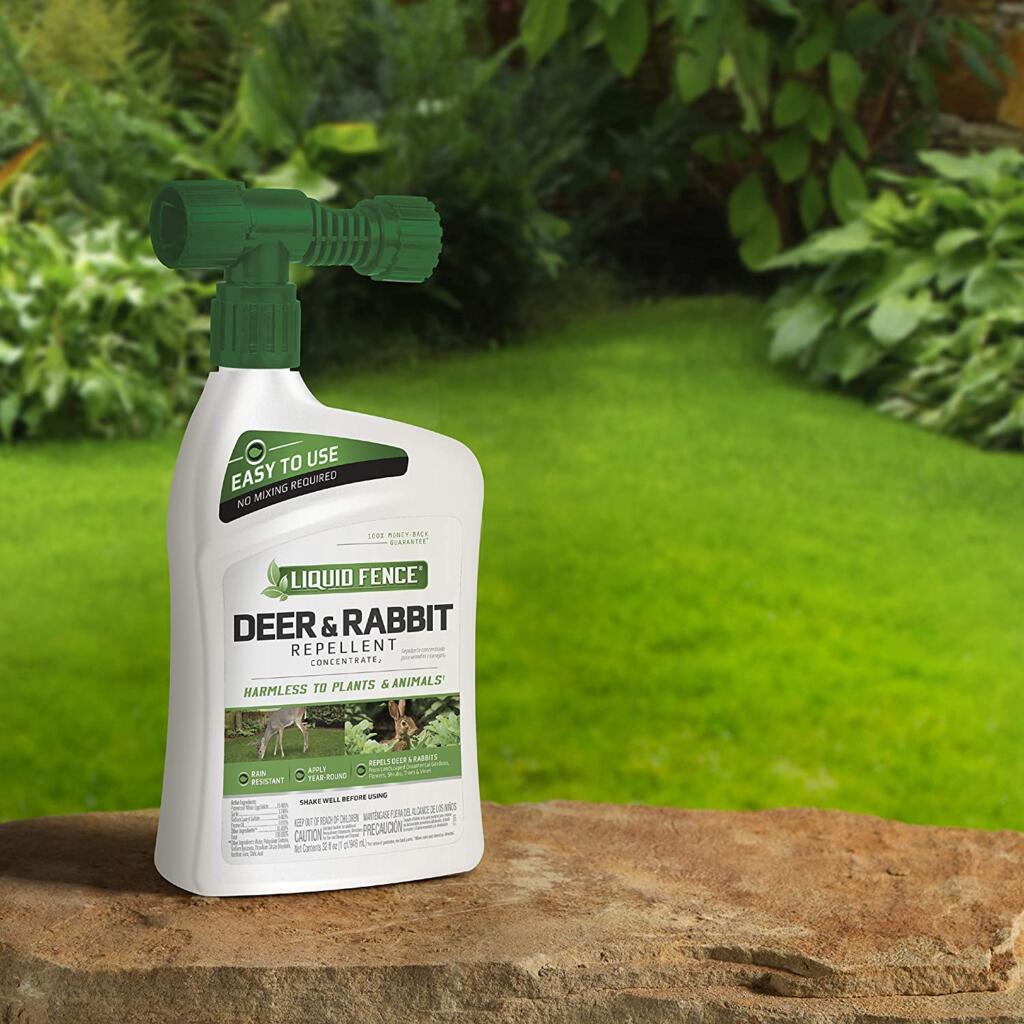
There are a plethora of deer repellents available on the market that can be effective.
The key to making the best out of your deer repellant is to be consistent; one spritz of repellant is not enough. Make sure to follow the instructions for application rigorously if you want good results.
Just like the plants that deer will avoid, repellants rely strongly on the senses of smell and taste. Some good brands for repellent are Deer Out and Liquid Fence. Both options are rain resistant, can be sprayed directly on plants without harm, and are environmentally friendly.
While there are some DIY repellents, the smell and ingredients of store-bought repellents tend to bother humans less and won’t lure raccoons or other critters to come and check out the formula.
There’s no way to completely avert deer from your yard or garden and some solutions might work better than others, depending on your area. Consider asking your neighbors or local garden experts their solutions and execute some trial and error to find what works best for you.


